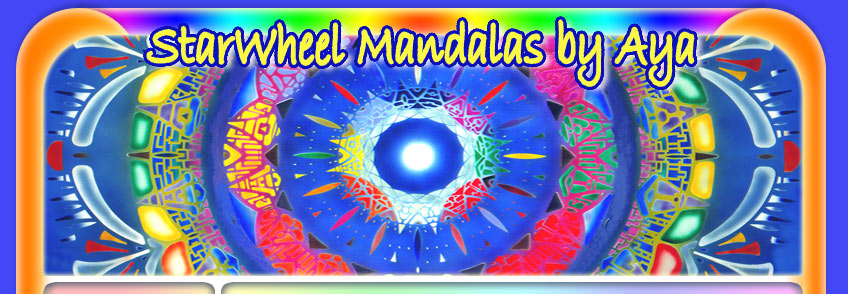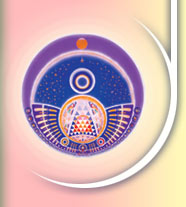MM4 Symmetry Groups in Mandalas
SYMMETRY GROUPS IN MANDALAS
Below are the main symmetry groups and some diagrams to illustrate them.
By simple division/multiplication, these symmetry groups come into “families”, specially the 2-4-8 family (8 divides by 2 and 4) and the 3-6-9 family (6 and 9 divide by 3). The 10-symmetry is the double of the 5-symmetry. 7 and 11 are apart, in the sense that they don’t divide evenly in the 360º circle; they also have a more mystical meaning. The 12-symmetry is the most encompassing (12 divides by 2, 3, 4 and 6) and is therefore a favorite symmetry & structure for a mandala.
Each of these symmetry group has its own archetypal meaning and properties. We live in a vibrational universe and each geometric symmetry is like a wave function guide or filter that affects energy/information flows and impacts various levels: body functions & cycles, feelings, thoughts, subconscious patterns, psychic resonance, spiritual connections...
(For much more on number geometry & symbolism,
see Sacred Geometry module SG202)
• 2-Symmetry (Binary) or division by 2 (180º angle): you get two half-circles, either up / down or left / right. By multiplication (powers of 2), the 2-Symmetry is connected to the 4-Symmetry and the 8-Symmetry.
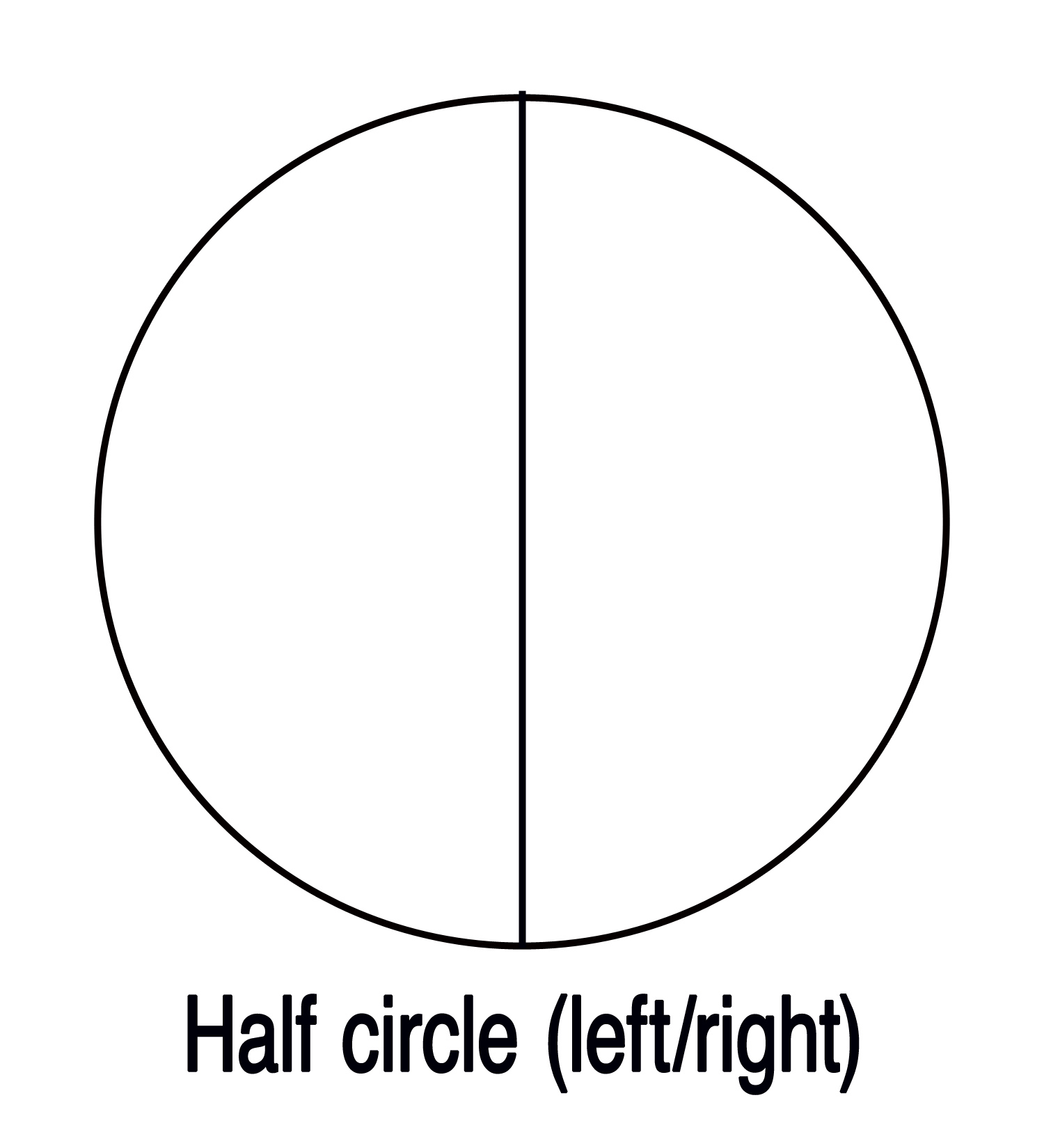
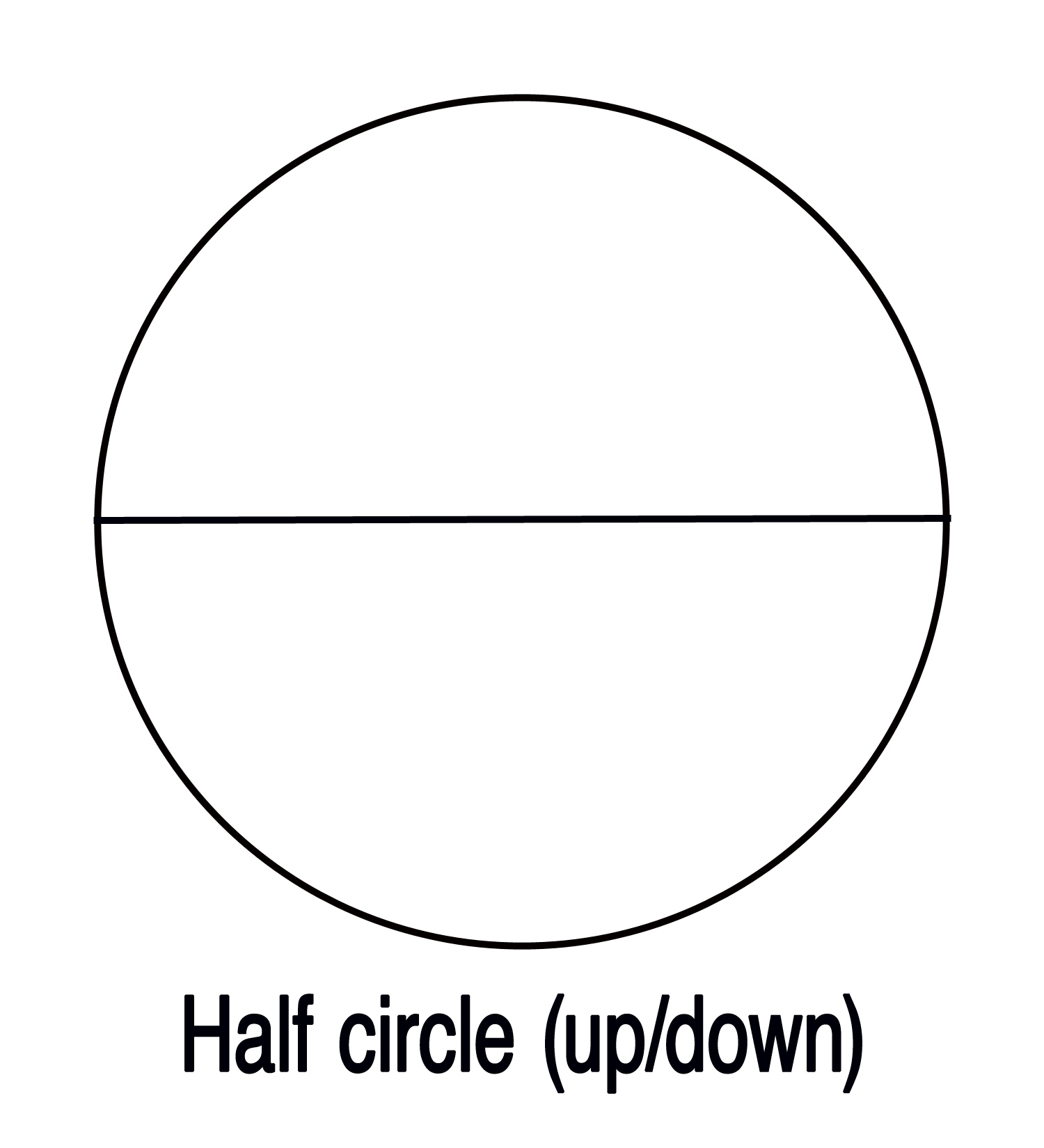
The 2-Symmetry pattern creates polarities: for example female / male (left/right) or heaven / earth (up/down). This action of separation helps to sort out primordial energies but can lead to a situation or state of conflict and duality. The 2-Symmetry is best used in the context of a larger whole, as in the case of the Tao symbol or other encompassing geometries.
The Tao symbol is another binary (2-symmetry) pattern whereby the circle is divided by a sinusoidal line to produce the Yan and the Yang. However, the mutual dots reveal an essential complementarity and common ground where the two dualities unify again.
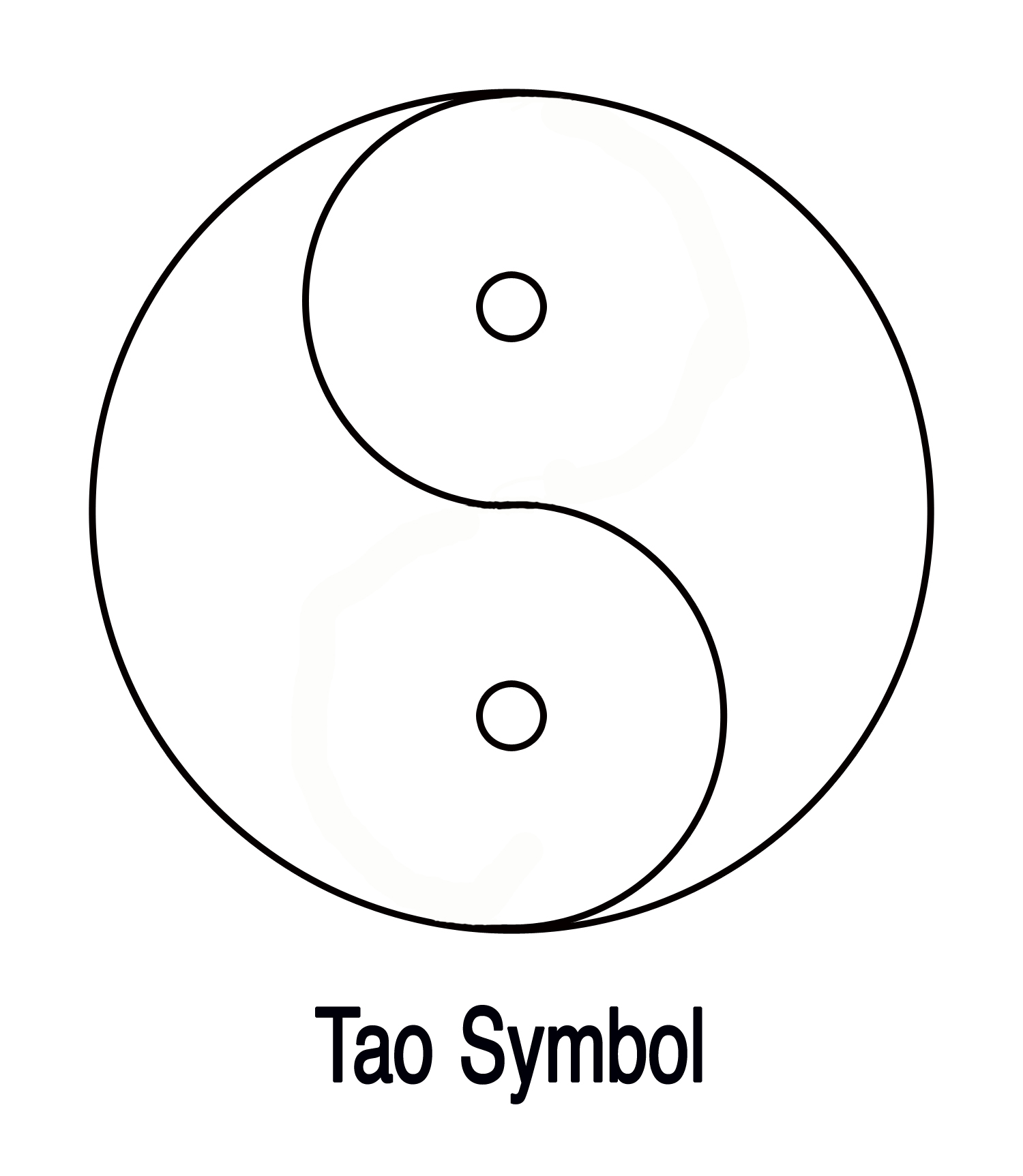
Another case of circle division is the Vesica geometry. This is actually a circle side projection (translation) whereby two circles intersect each other through their centers. The Vesica is the almond-shaped space common to the two circles and so, again, it points to the common essence.
(For more on the Vesica Piscis,
see Sacred Geometry module SG108)
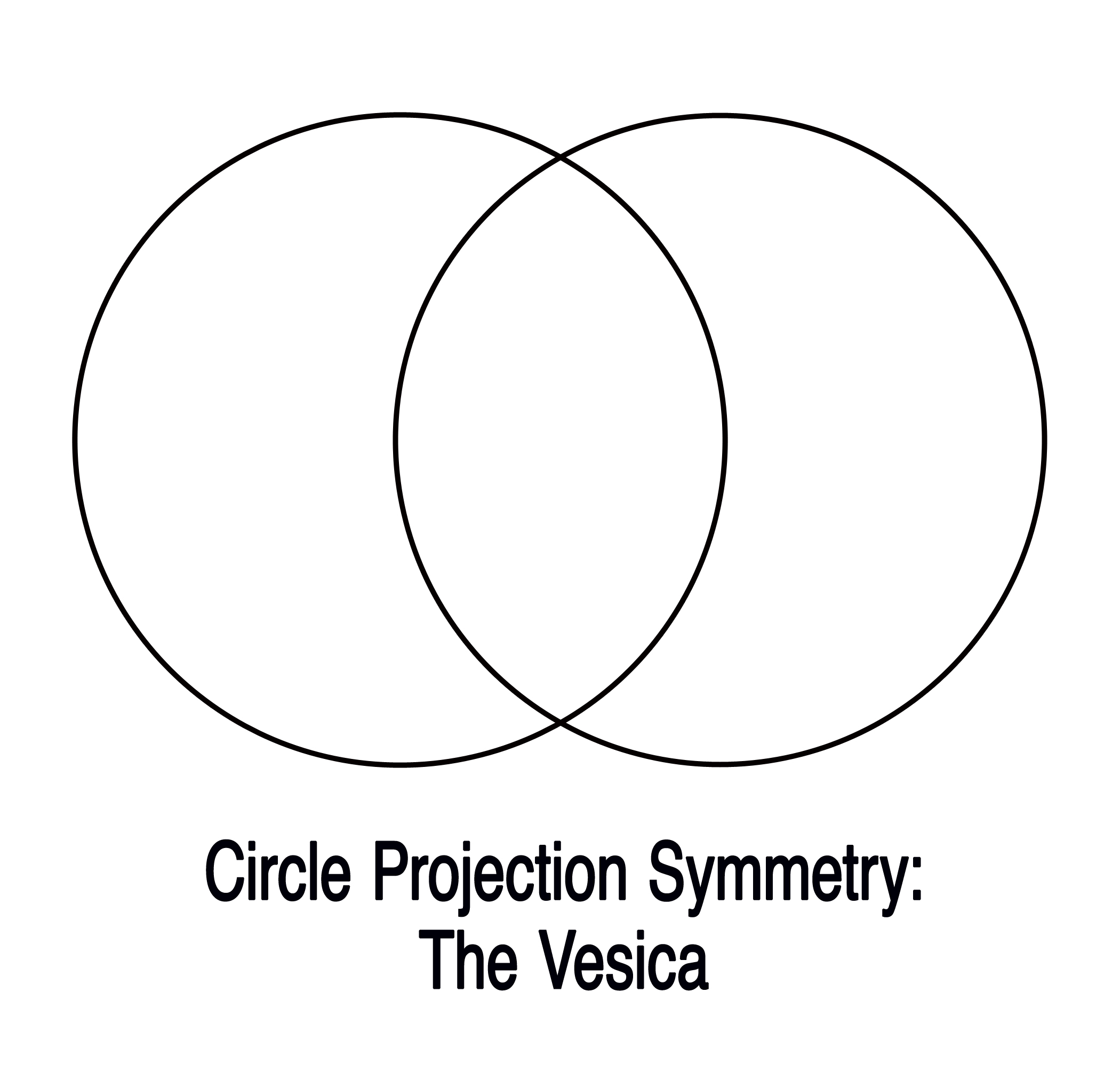
• 3-Symmetry (Ternary) or division by 3 (120º angle): you get equilateral triangles, either pointing up (or pointing down).
The ternary geometries form another family: 3-6-9. They divide & multiply into each other. The principle of “3” is called the Triad and introduces in any situation an element of balance and just reference. Trinities are a basic pattern in many cultures concerned with finding solutions to conflicts and teaching the fractal nature of life. 3-Symmetries are the beginning of a vortex flow of energies.
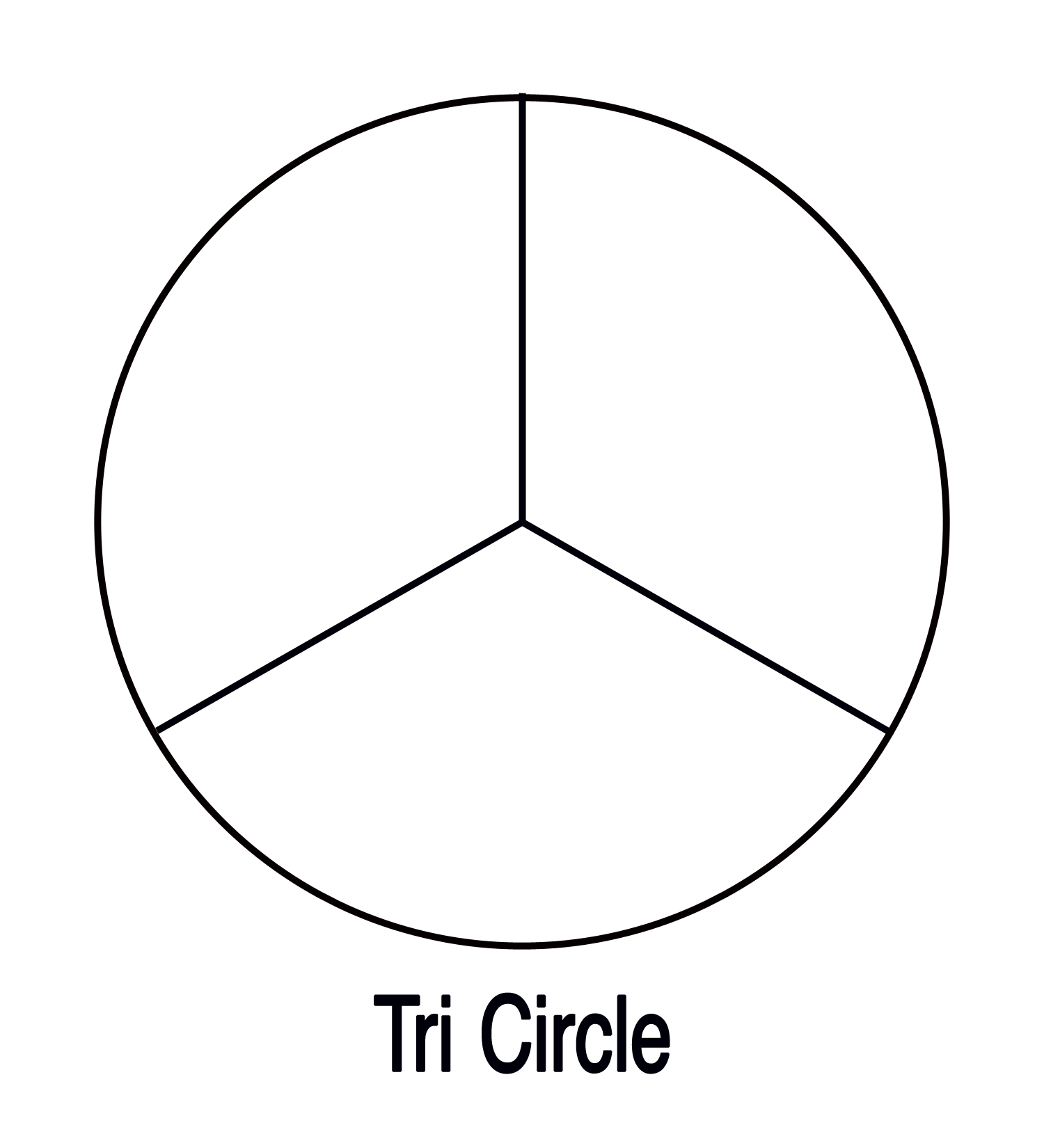
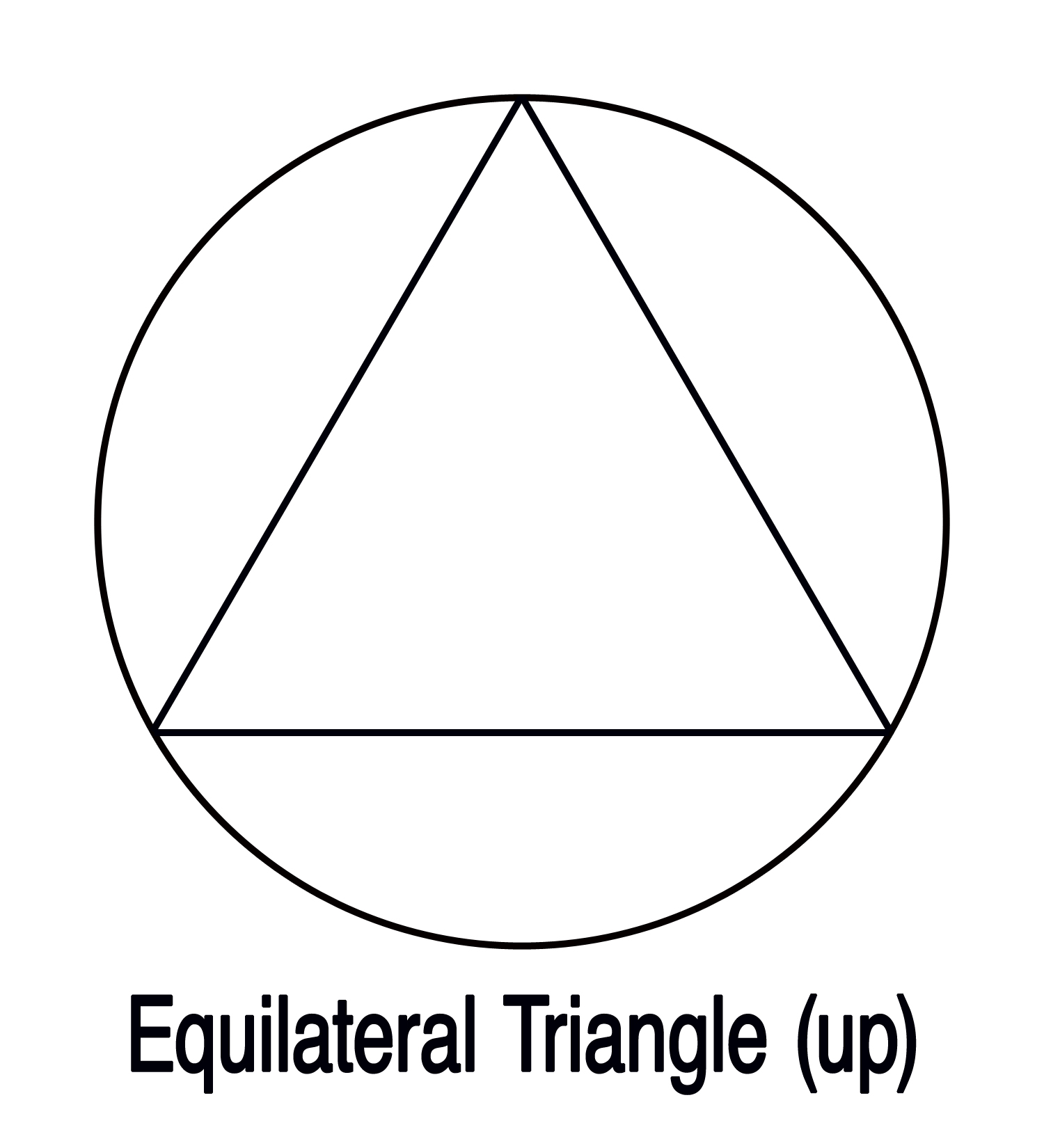
• 4-Symmetry (Quaternary) or division by 4 (90º angle): you get squares, the normal square with a flat base (or the "dynamic" square" pointing up).
The 4-Symmetry is the traditional cross pointing to the 4 directions and the 4 quadrants around the 360º horizon. Marked at the 45º diagonal angle, the “Diagonal Cross” gives the geometry of the regular flat-based square. The principle of “4” is the Tetrad and represents stability and grounding as well as security and control.
By using the 4-Symmetry, you are "orienting" your mandala by aligning it with the primary coordinates of space.
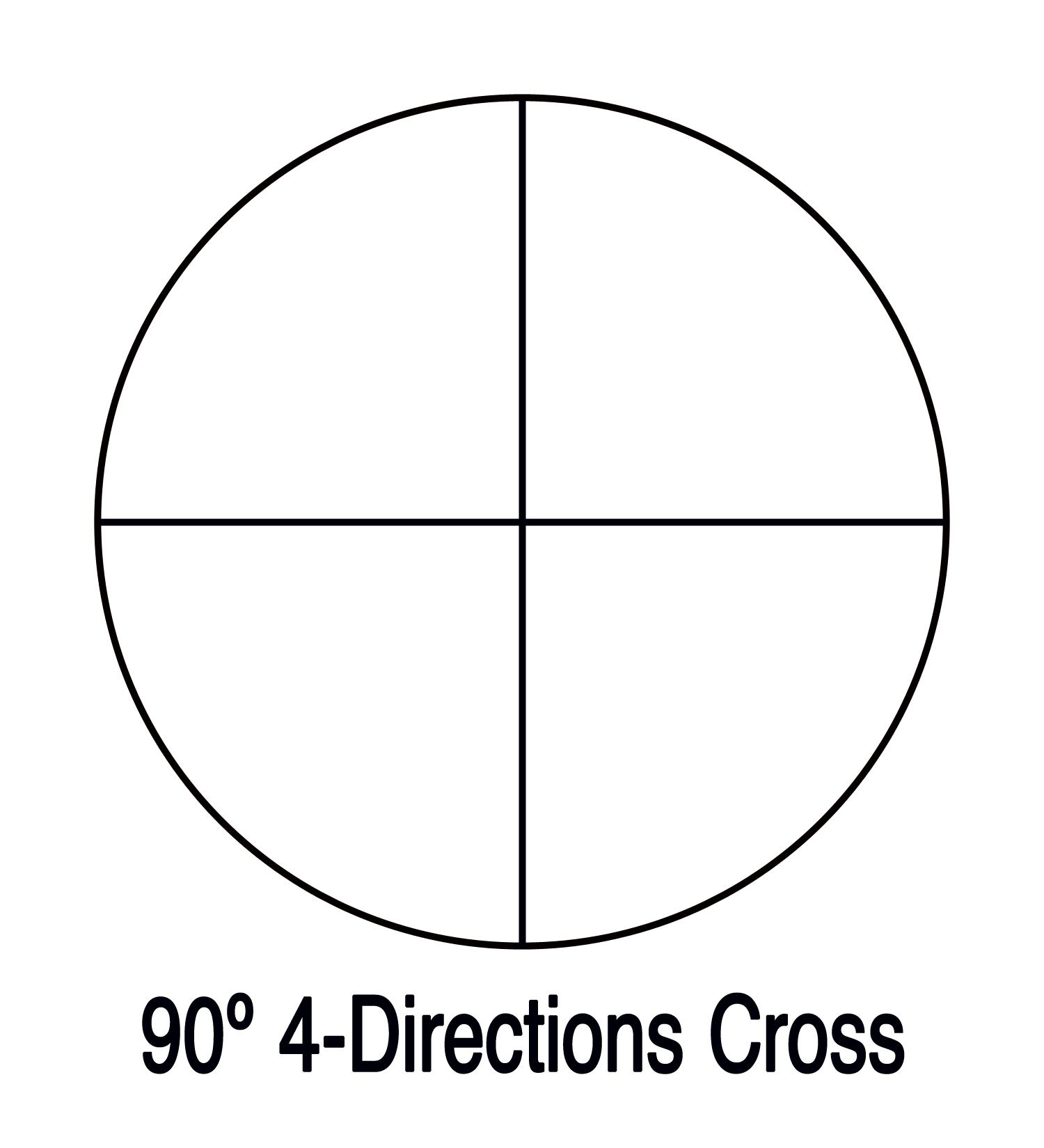
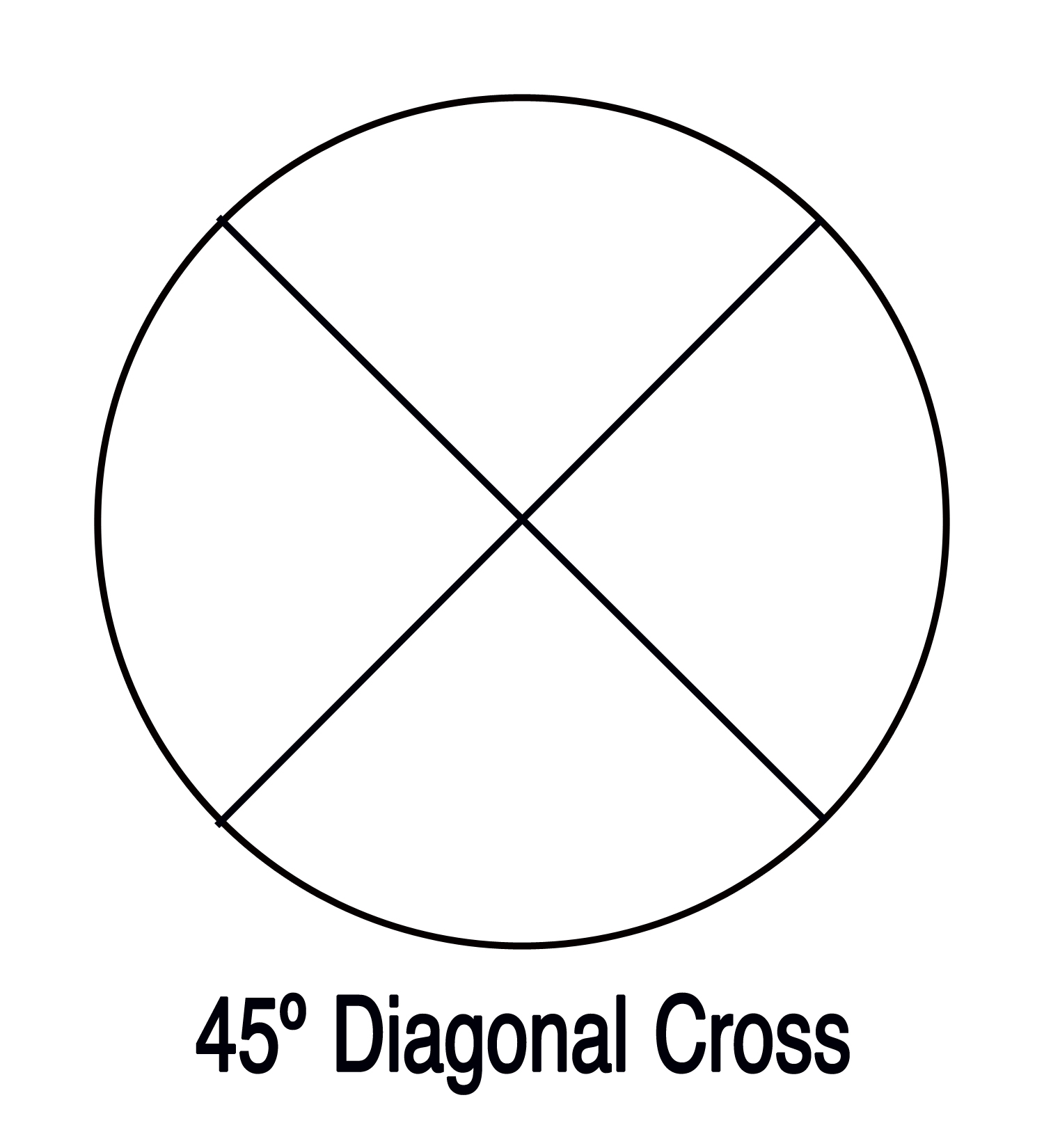
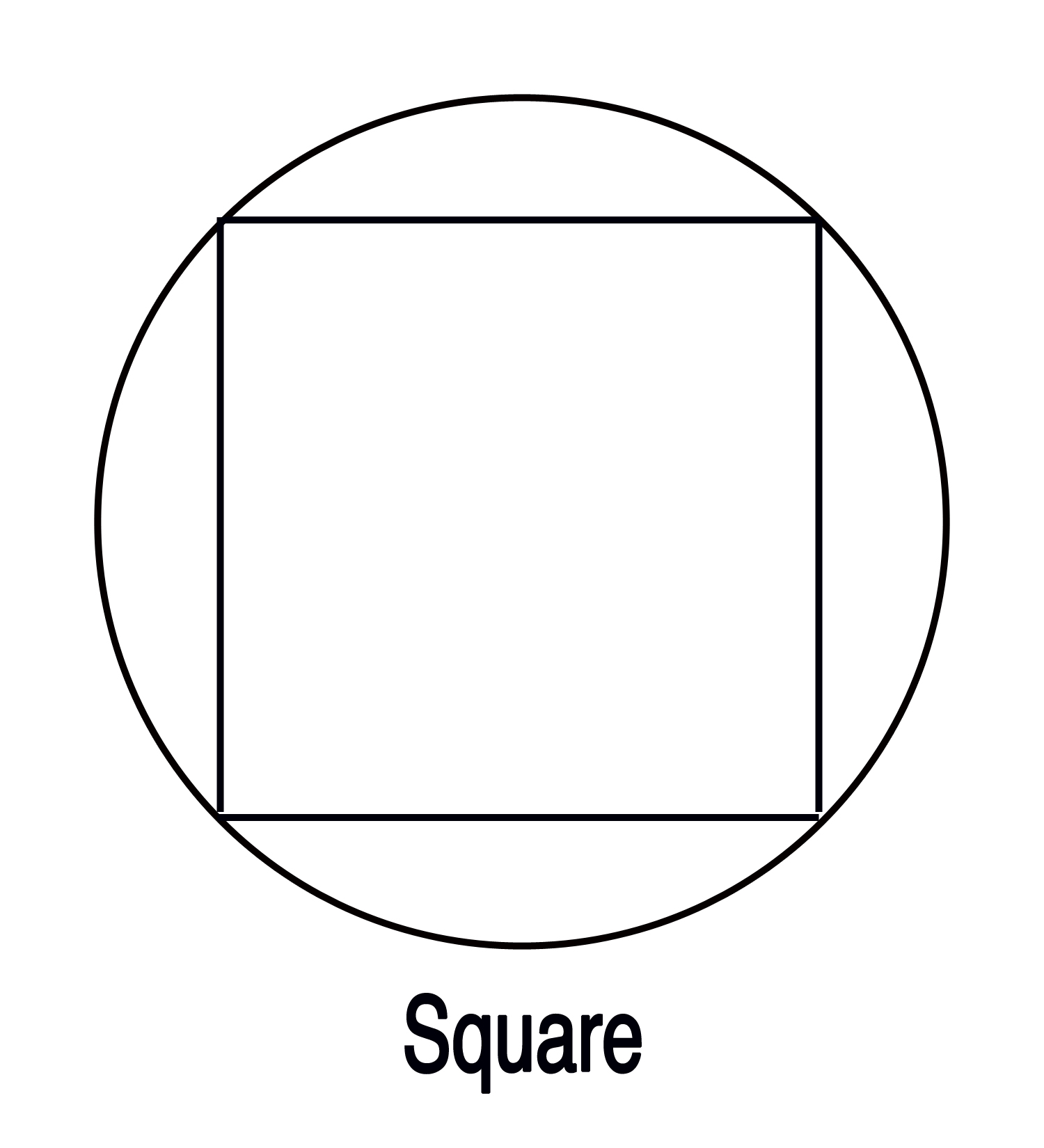
• 5-Symmetry (Penta) or division by 5 (72º angle): you get pentagons (5 sided polygons), pointing up (or down).
The penta-symmetry is the dynamic geometry of growth and transformation. It is the Geometry of the Golden Ratio (which appears all over the pentagon & pentagram), the seed geometry of the 5 Platonic Solids, the DNA, quasicrystals, Penrose Tiling… and all evolutionary shapes & processes in the universe.
The 5-symmetry is a wonderful way to introduce into a mandala the principle of the Pentad and the power of a universal constant: the super-fractal Phi (the Golden ratio). The Pentagram was the secret sign of the Pythagorean School.
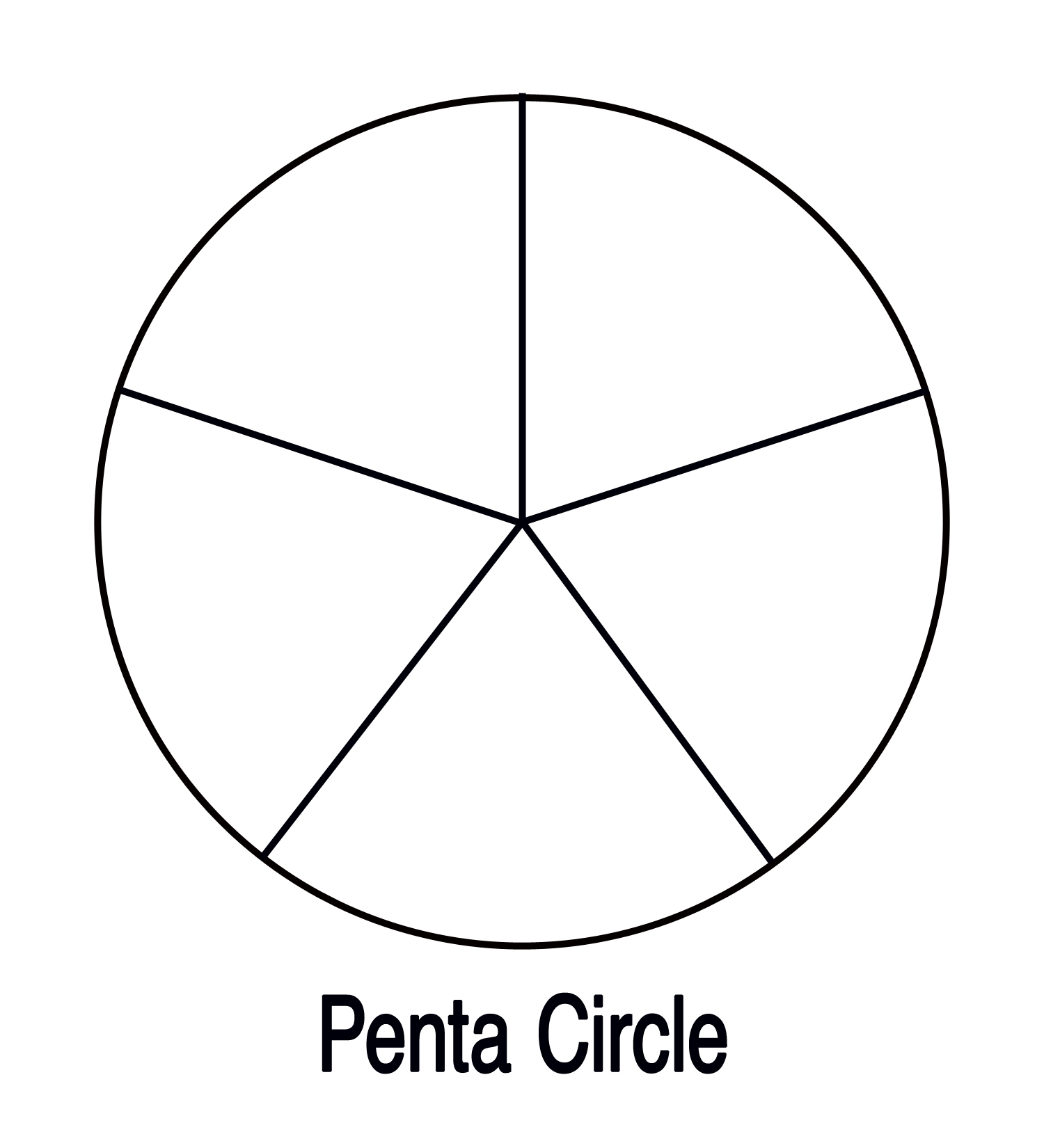
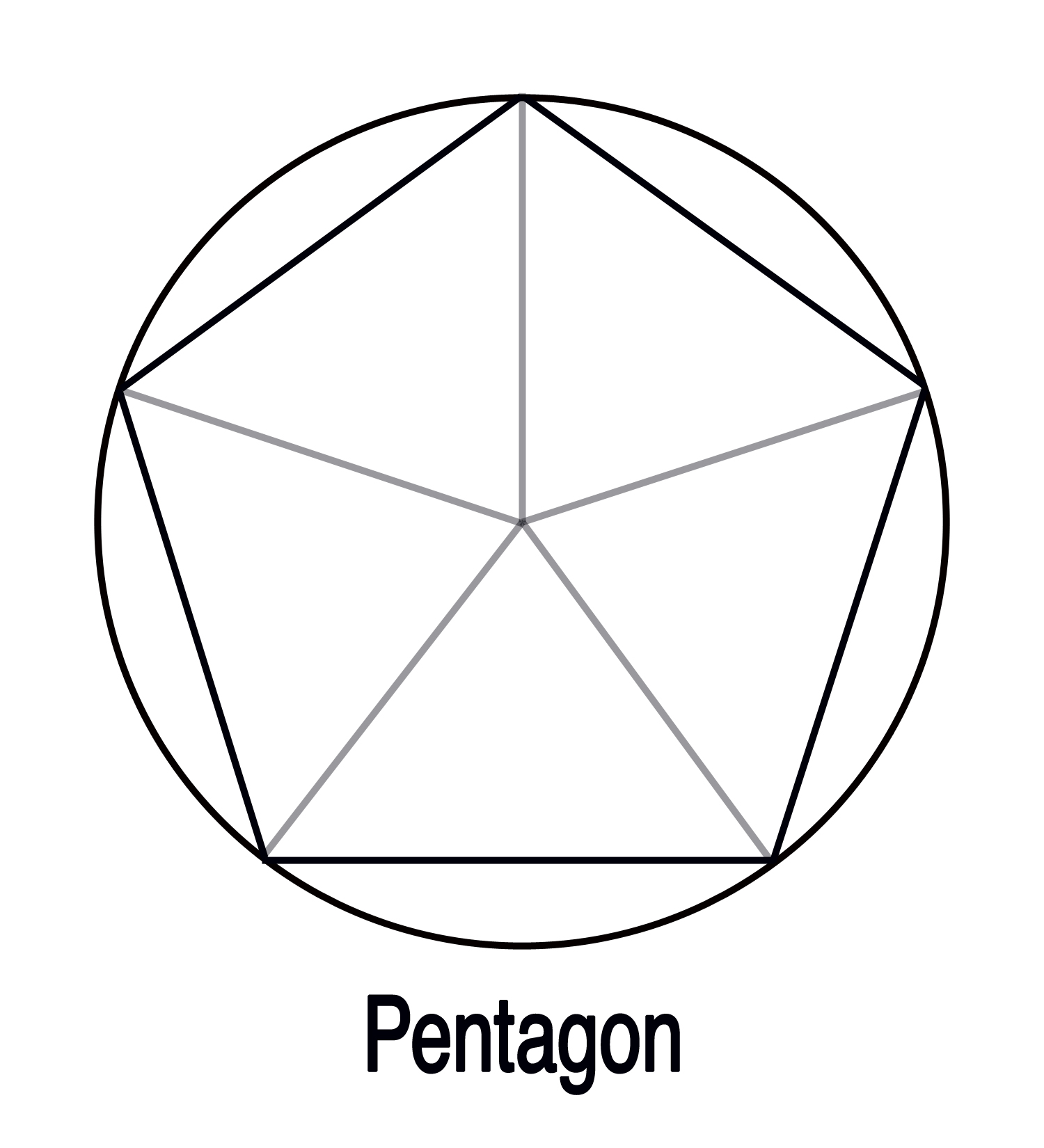
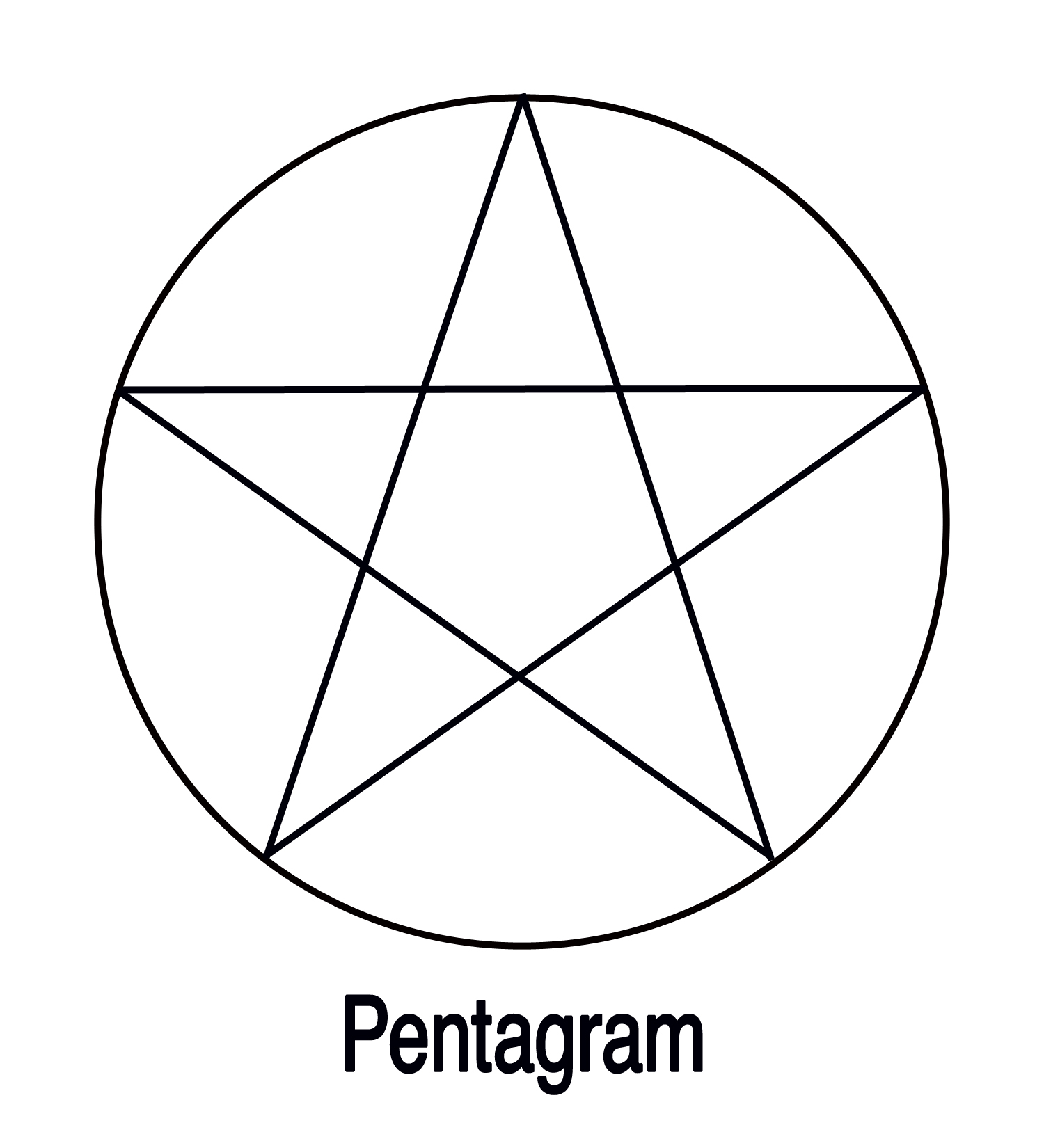
(For much more on the Pentagram and PHI,
see Sacred Geometry module SG106)
• 6-Symmetry (Hexa) or division by 6 (60º angle): you get hexagons up and down.
The 6-Symmetry is like the Tao of 3: it unites into a larger whole the two forms of triangles (up and down). It is a great geometry of convergence and self-contained beauty. The principle of the Hexad
is pointing to cosmic order hiding behind apparent chaos. The Hexagram is also called the Star of Salomon / Star of David.

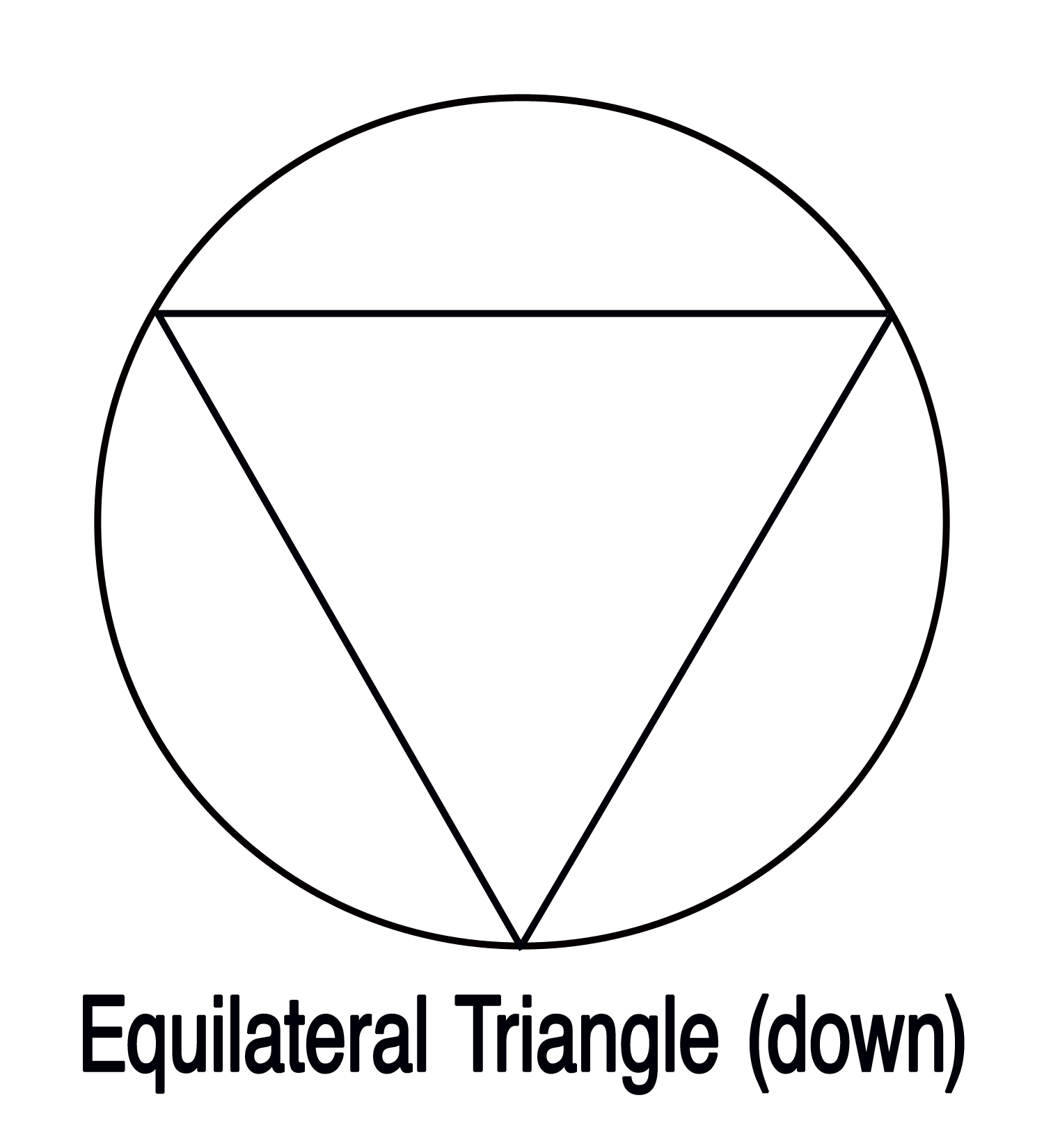
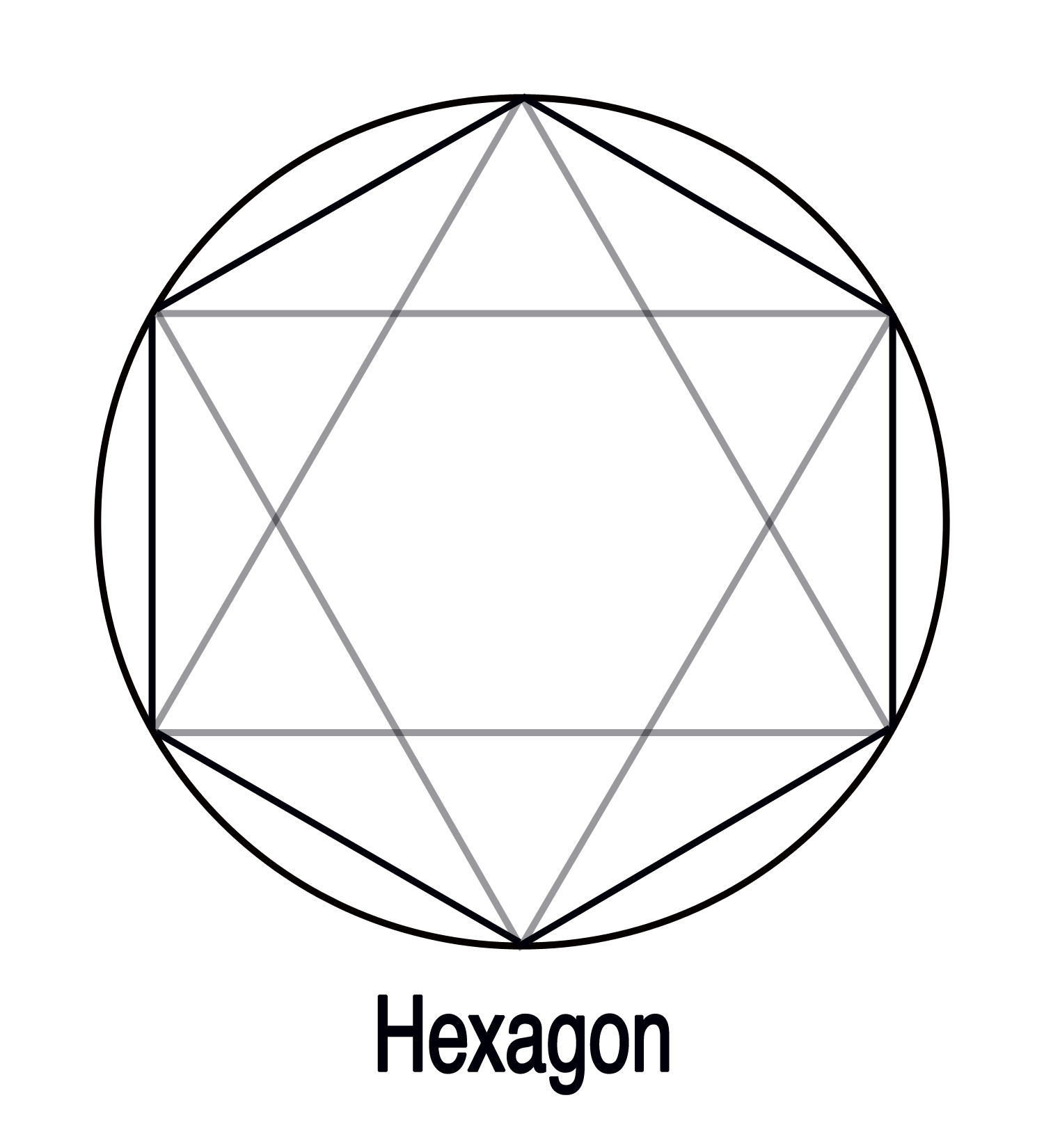
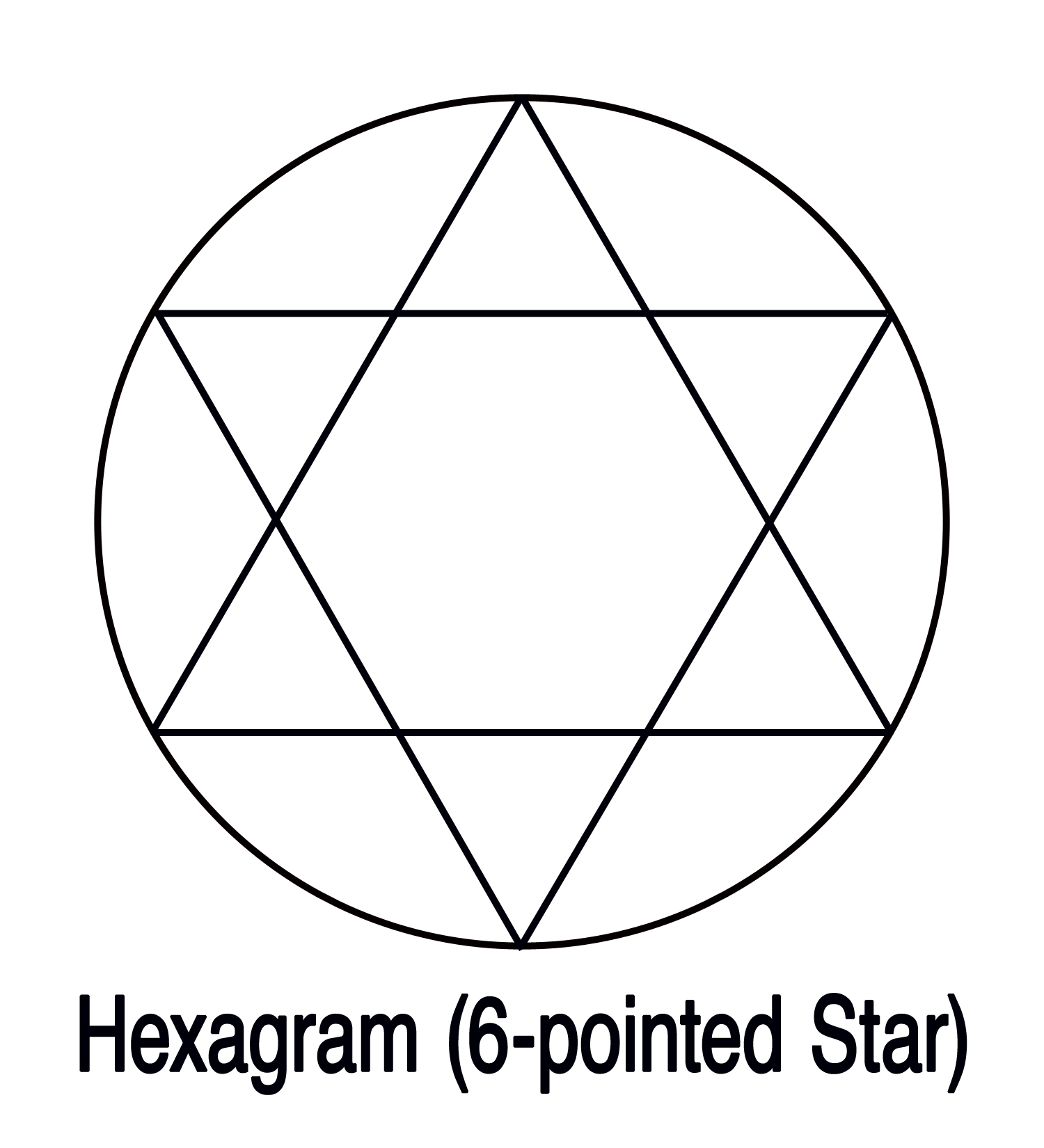
• 7-Symmetry (Hepta) or division by 7 (51º.428 - 7 and 11 are the only two integers that do not divide exactly into the 360º circle): you get heptagons.
The 7-Symmetry introduces an irrational fraction of the circle: it cannot be computed exactly. Likewise, the principle of the Heptad opens the way to dimensions beyond the 3D. In many ancient traditions, “7” was considered a magical number, a “stargate” number and was used for esoteric practices.
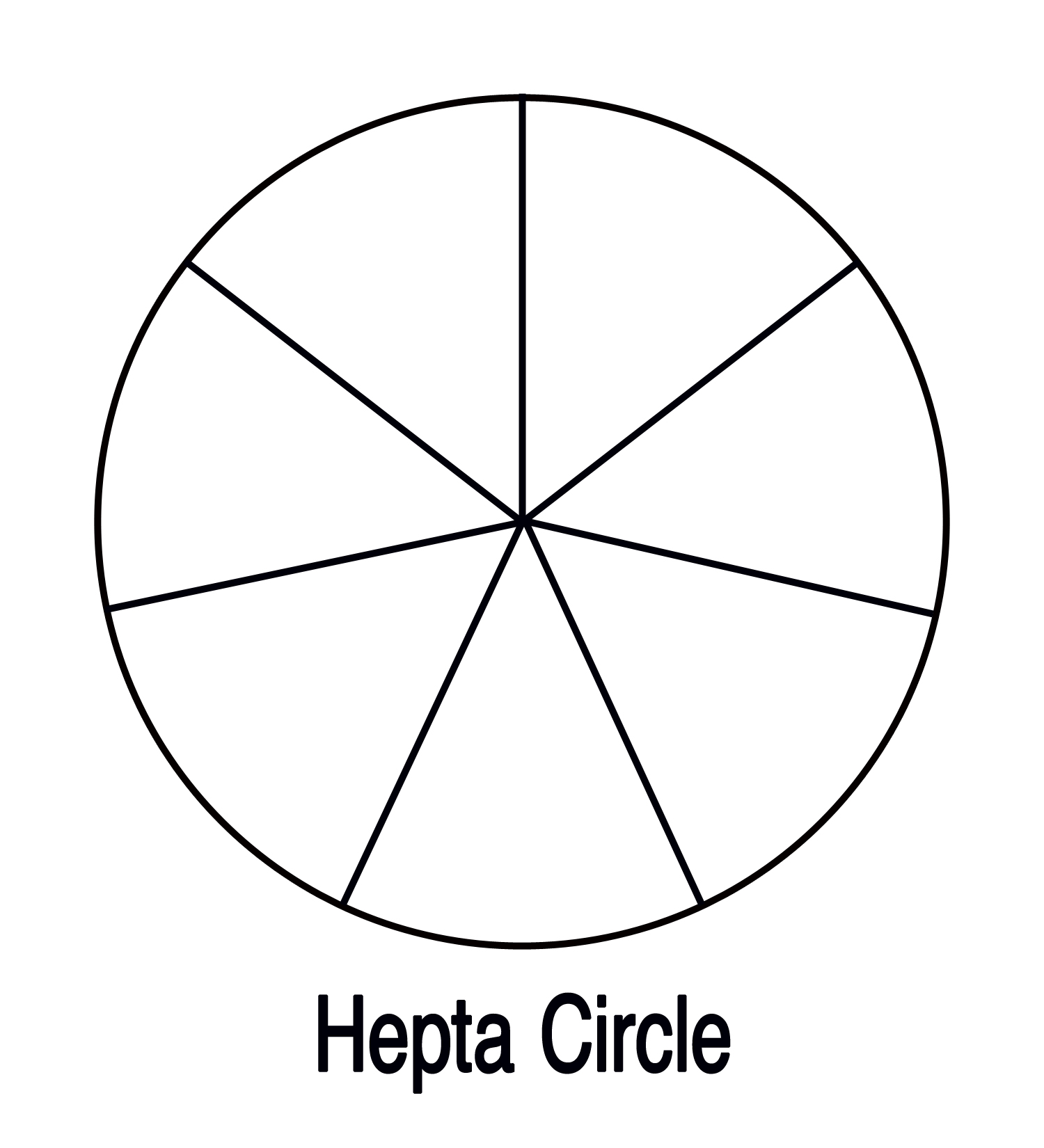
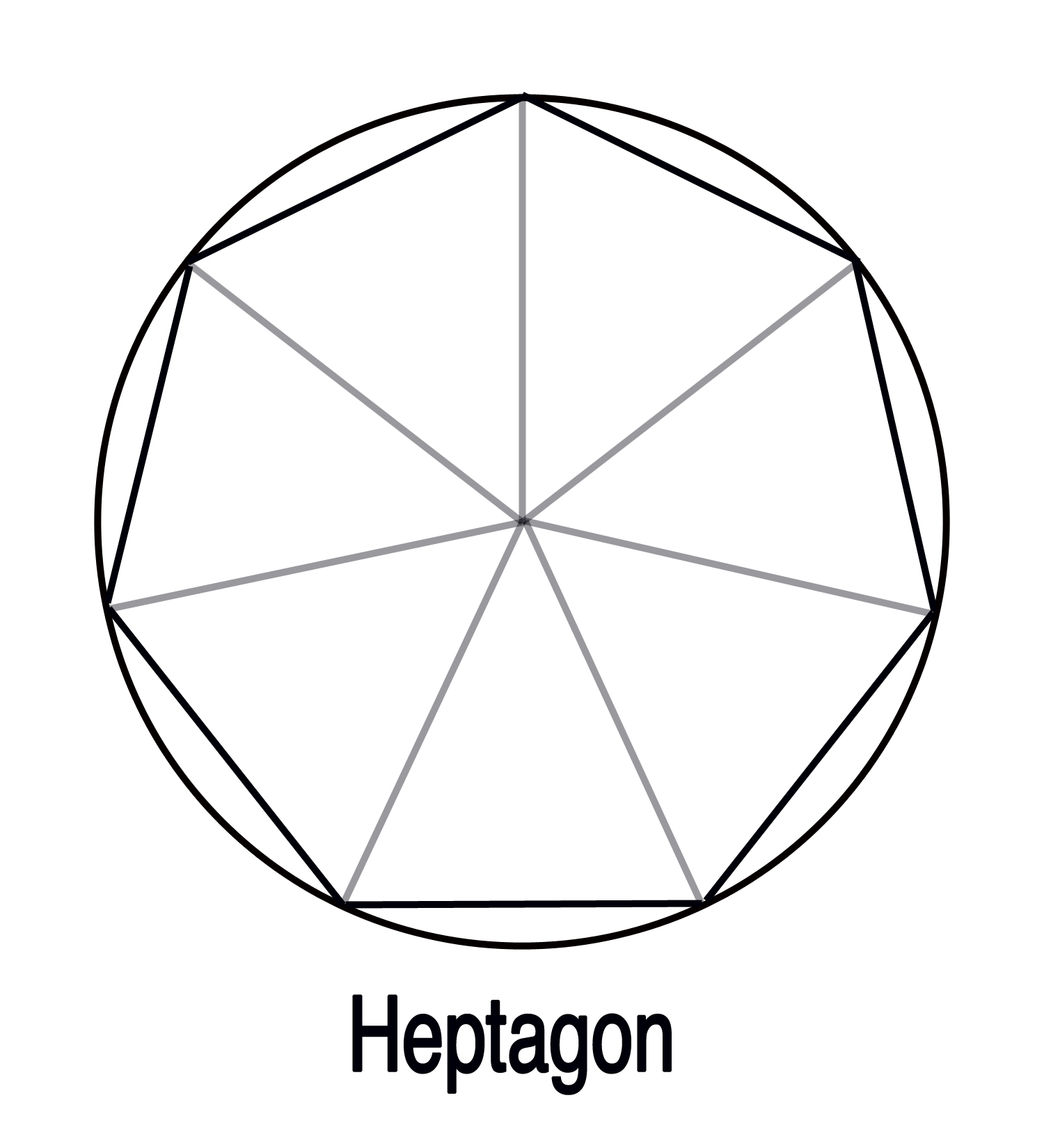
• 8-Symmetry (Octa) or division by 8 (45º angle): you get octogons.
With the 8-Symmetry, we meet again the numbers 2 and 4, which are divisors of 8. The principle of the Octad introduces a more detailed organization than 4 and points to the 8 directions around the horizon (4 cardinal directions and 4 inter-directions), the 8-fold way of Buddhism, 8 trigrams of the Pa-Kua, 8 rays of the Medicine Wheel… This geometry provides a reliable double-foundation for support and safety.
The 8-Symmetry is a very classic mandala pattern found in many sacred traditions: Hindu, Tibetan, American Indian… There is harmonic power in the coming together of the two crosses (horizontal and vertical) as the dynamic square (the 4 inter-directions) is overlaid upon the regular square (the 4 directions). This is the traditional pattern of many constructions plans for sacred architecture. It is a pattern of individual orientation within a larger whole (the universe).
The 8-Symmetry is a very grounding pattern that helps to organize one’s space & energies and to create order out of chaos.
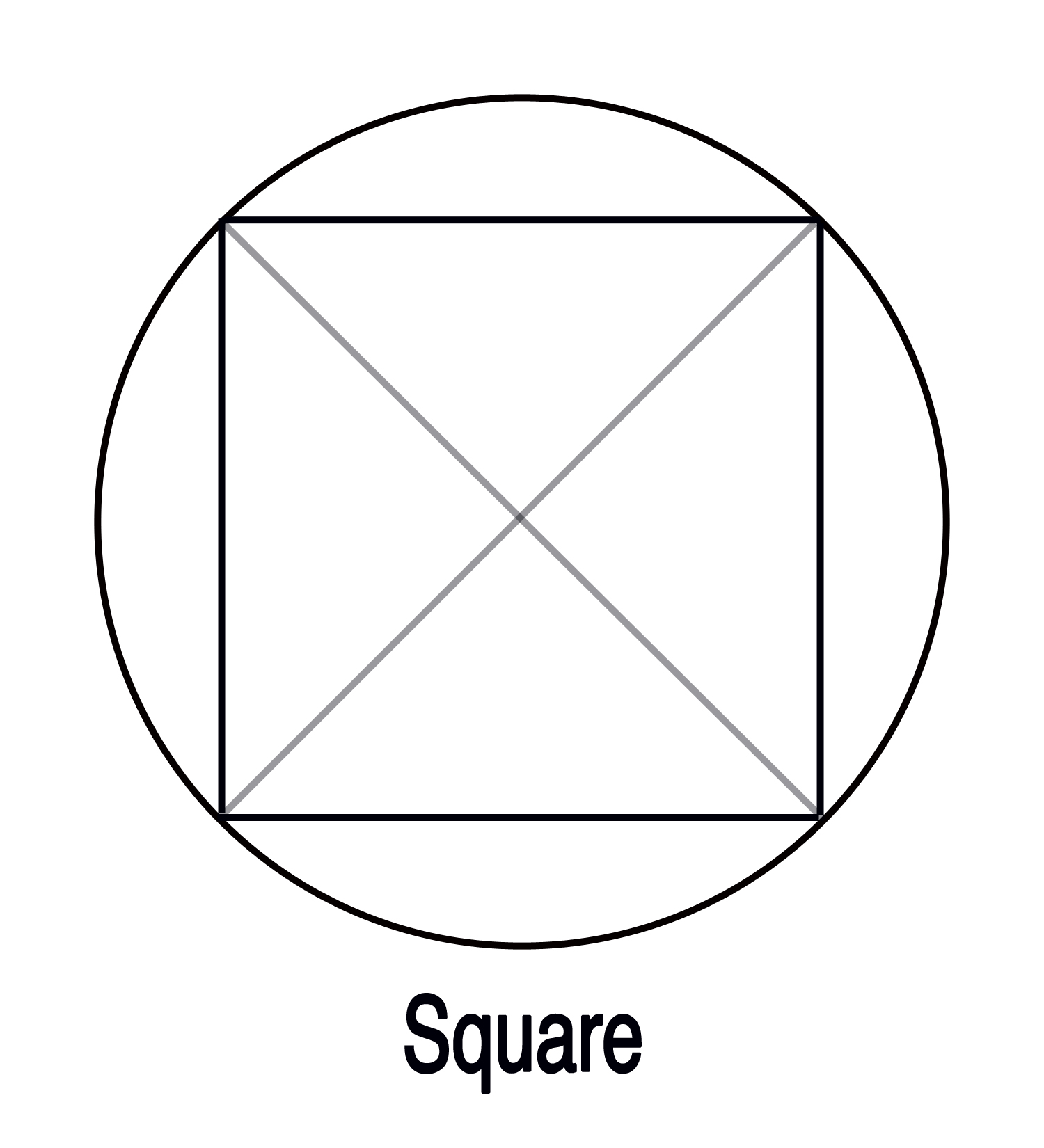
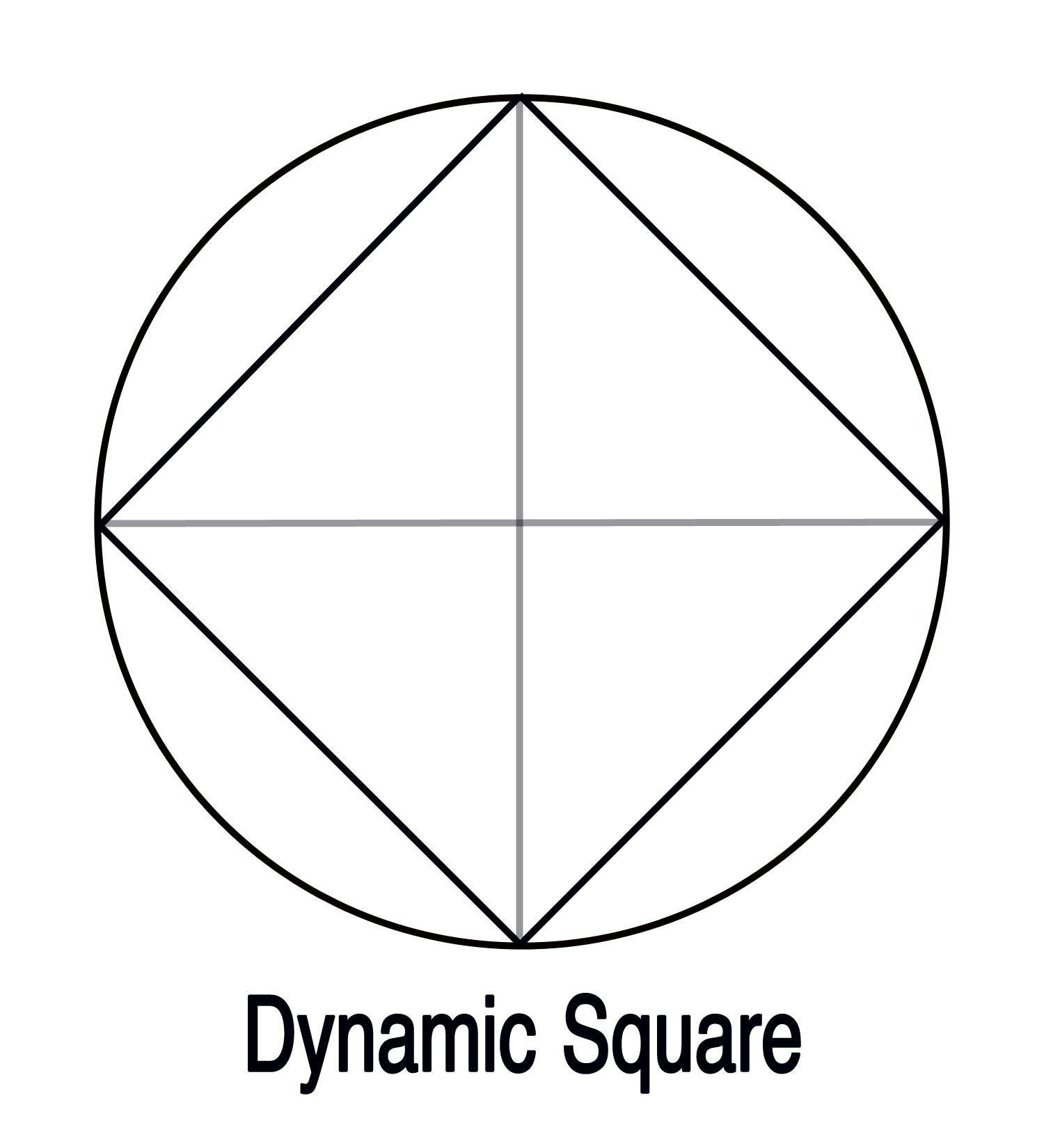
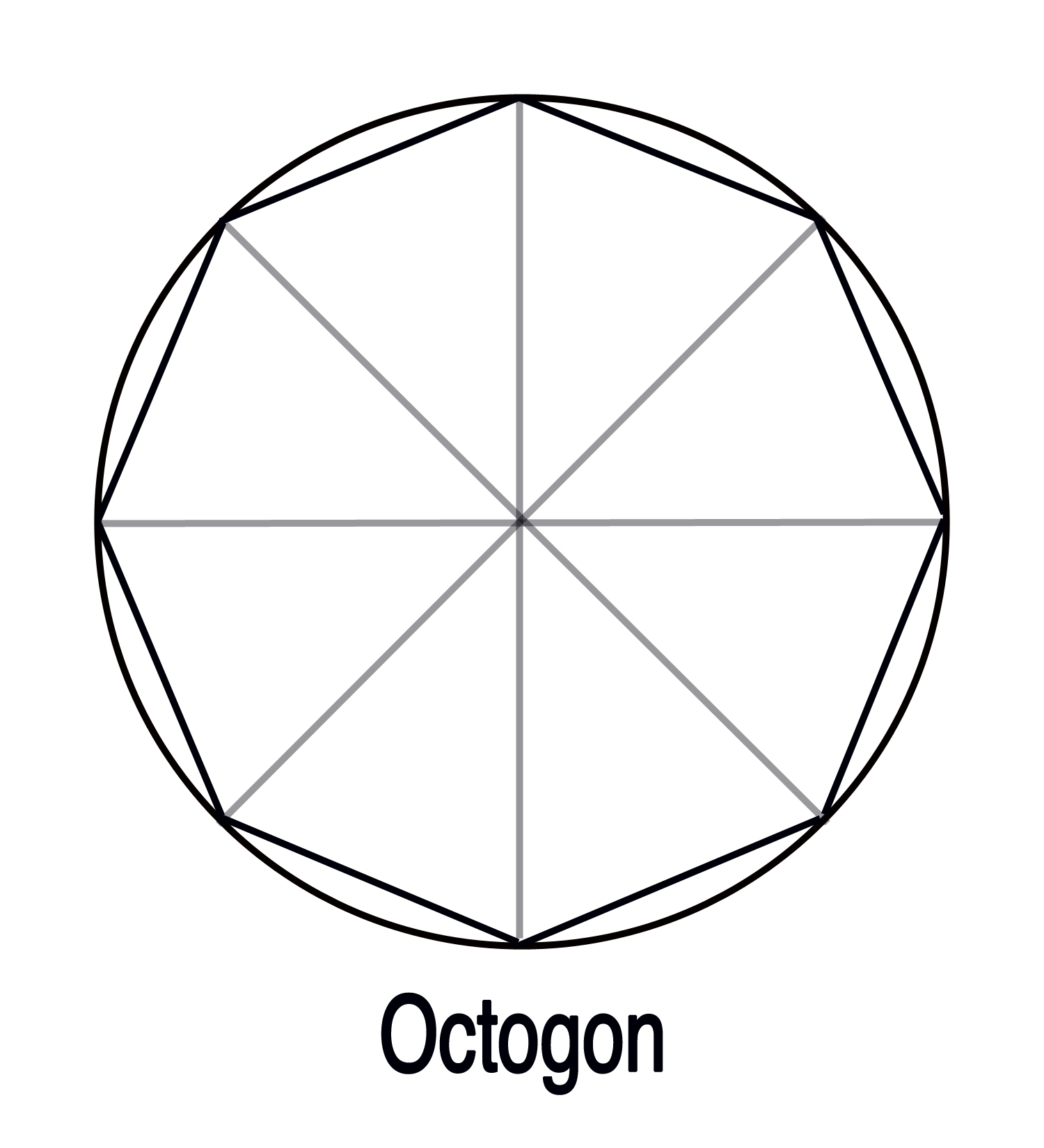

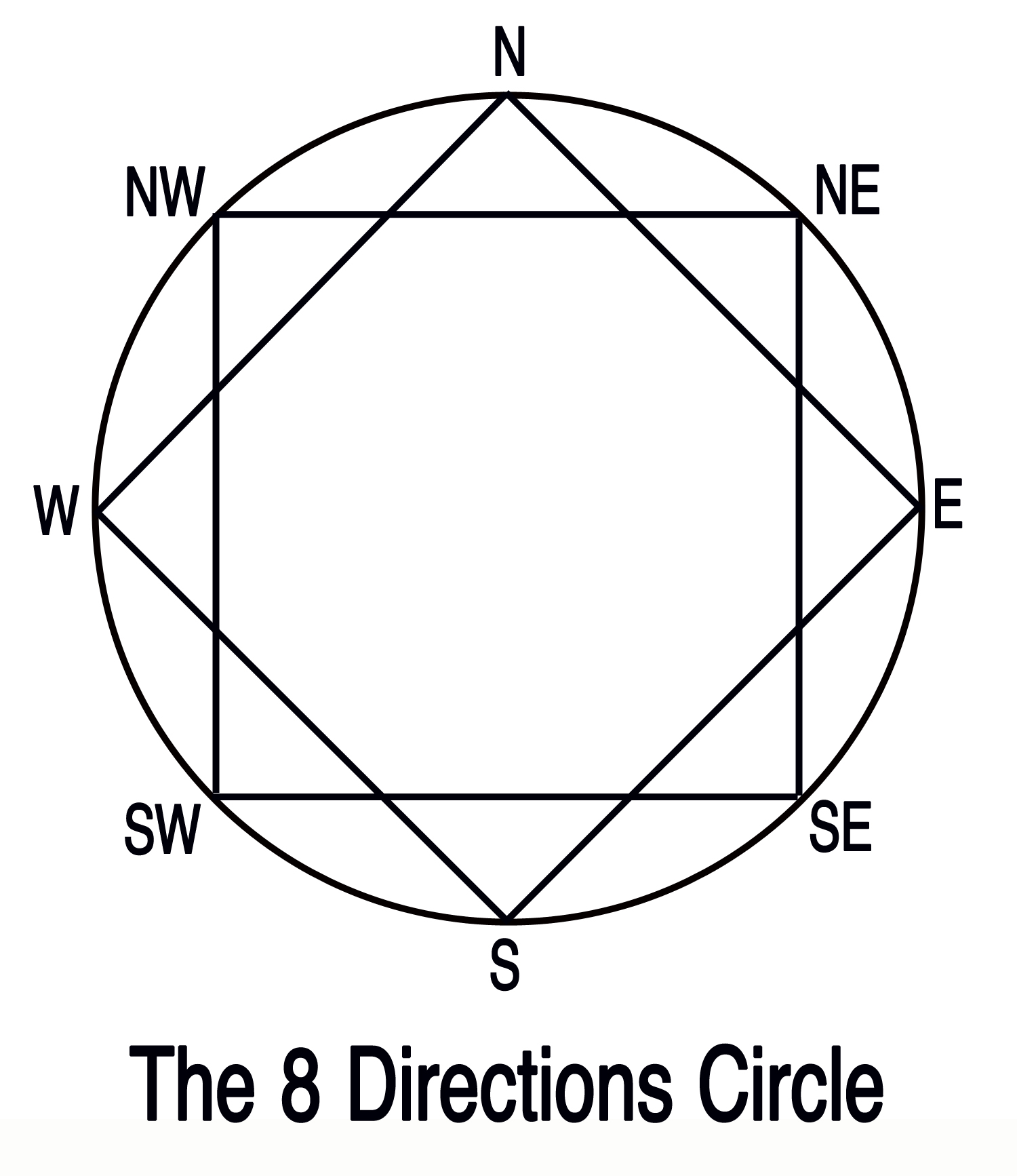
• 9-Symmetry (Nona) or division by 9 (40º angle): you get nonagons.
The 9-Symmetry and its principle (the Ennead) is a cosmic pattern of achievement, completion and fulfillment. It is the union of 3 Trinities interwoven into a Super-Trinity. “9” marks the coming to maturity of many cycles in nature and culture, starting with the 9 months in the human womb. It is also an important number in spiritual cycles of initiation: Boddhidharma spent “nine years facing a wall” before achieving enlightenment.
So, the geometry of “9” in a mandala will help for completing projects already launched or starting new endeavors of great significance for self or others.
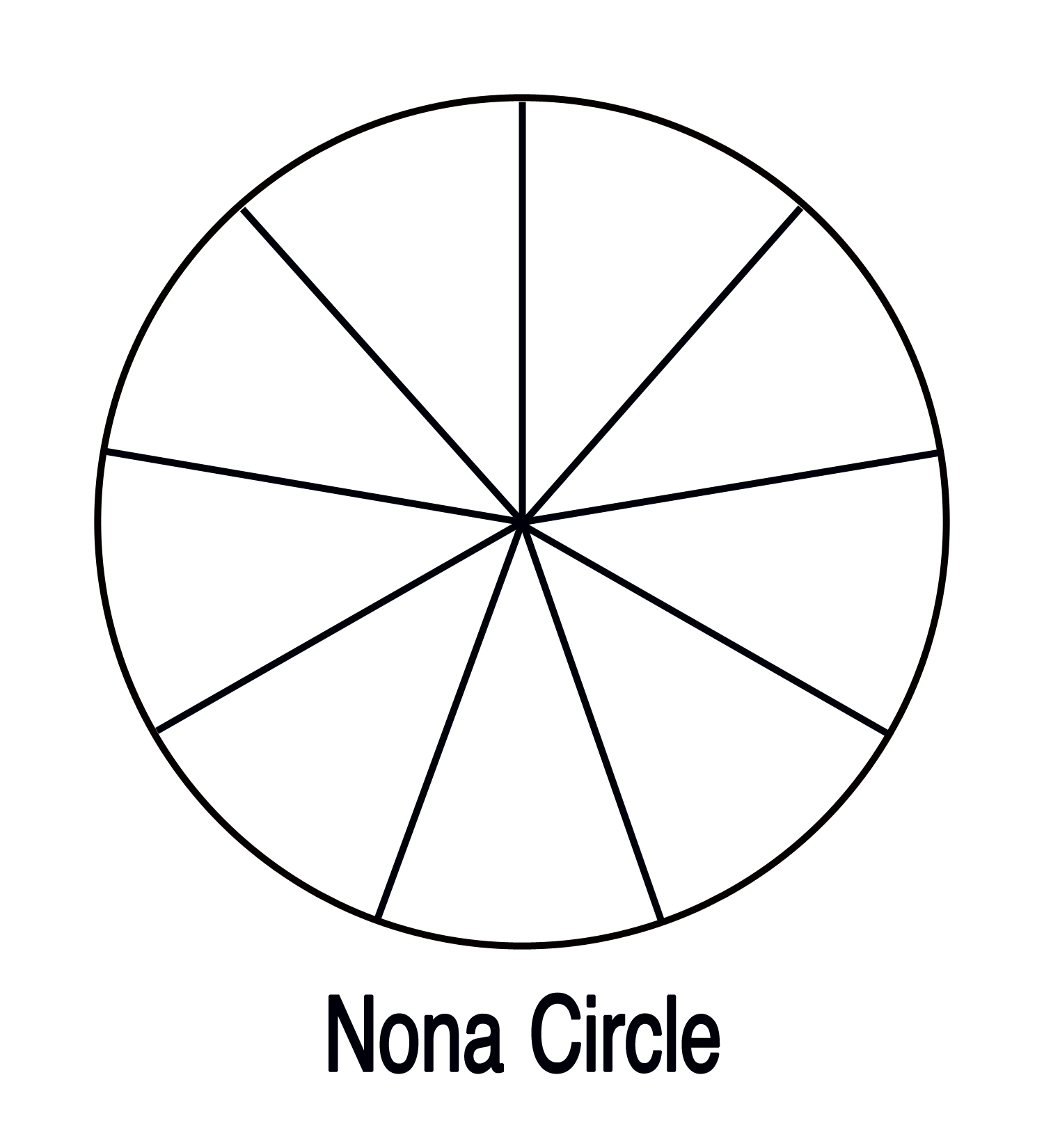
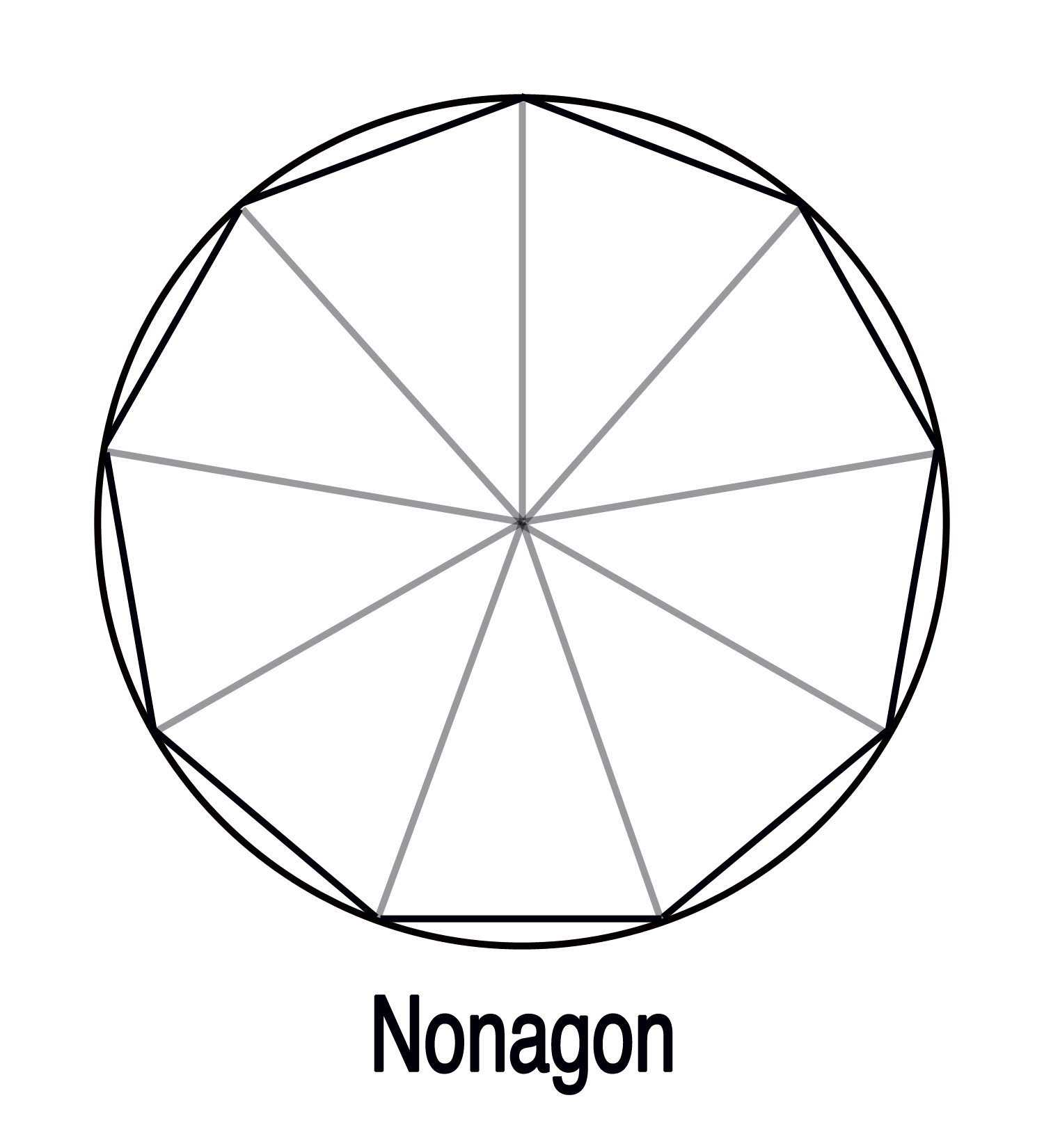
• 10-Symmetry (Deca) or division by 10 (36º angle): you get decagons.
The 10-Symmetry shows the principle of the Decad and the geometry of the double Pentagon. In 3D, it is the dynamics of the Dodecahedron, the Platonic Solid with 12 pentagonal faces. It is the helical geometry of the DNA and is the home of the Golden Number Phi. Pentagon & pentagrams can fractally nest into each other to infinity, both in the macrocosm and in the microcosm.
Because the Penta and Deca symmetries provide a super-highway for energy and information transfer throughout the cosmos, on all scales, it is a very interesting and rewarding pattern to use in a mandala.
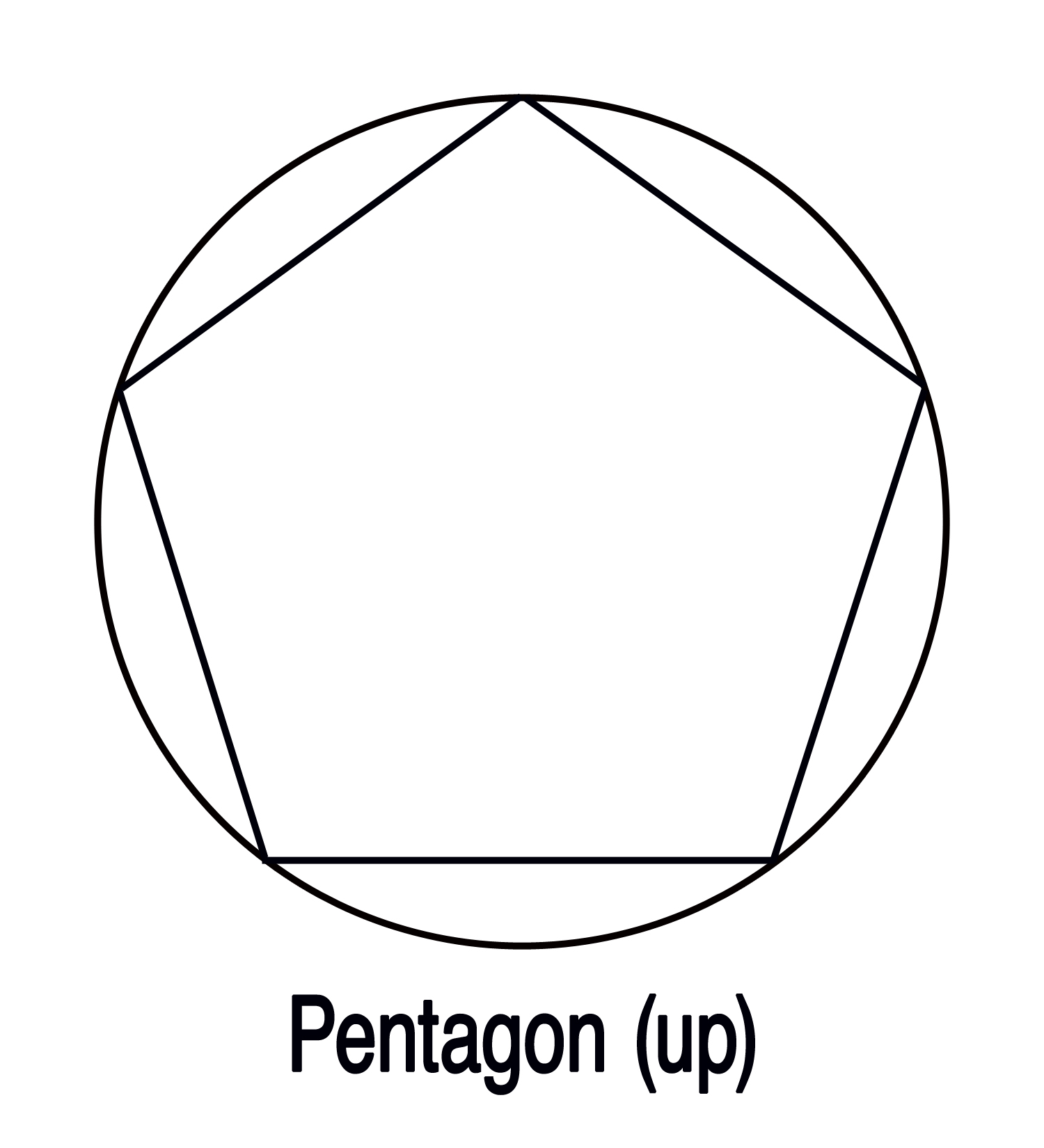
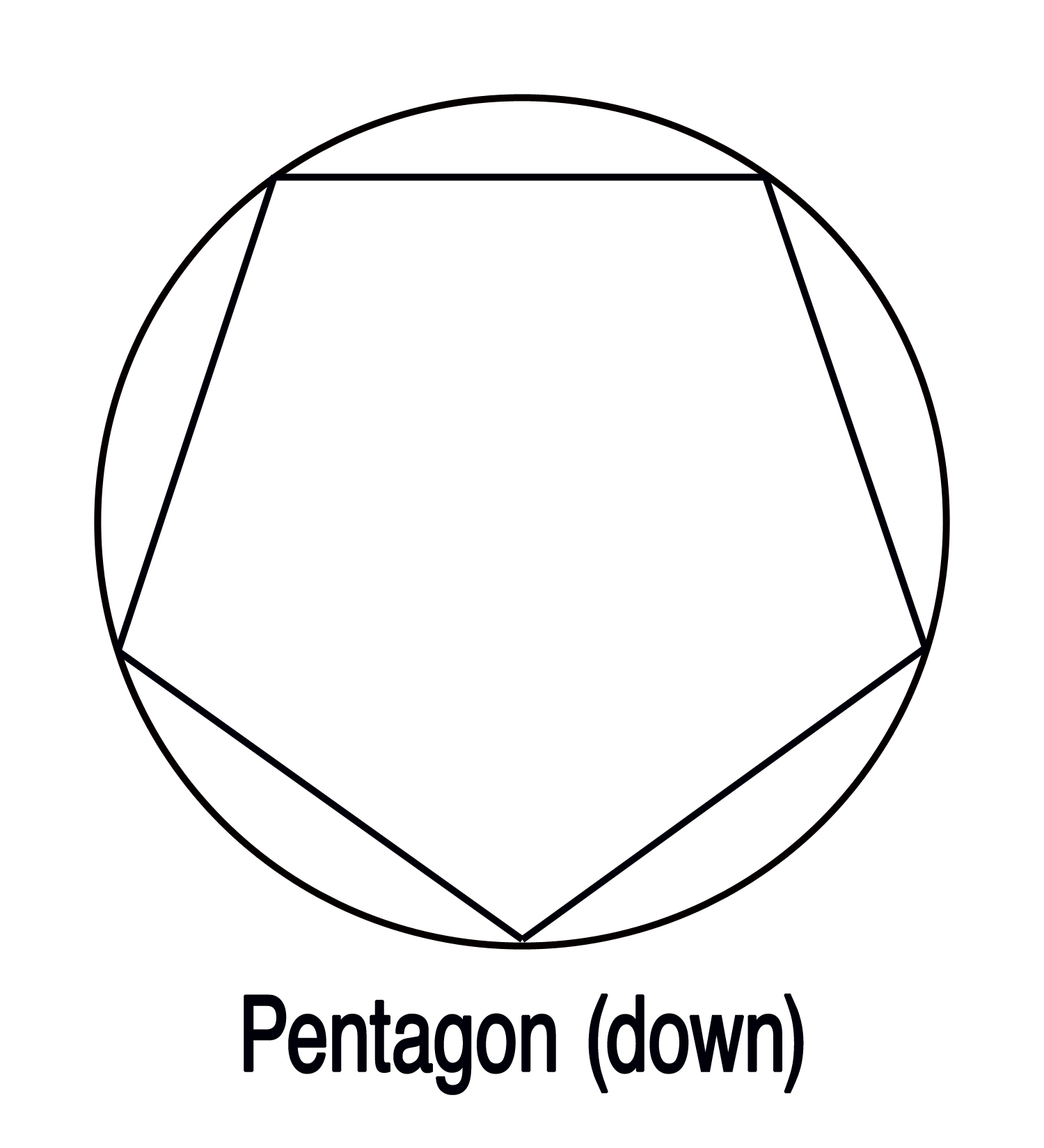
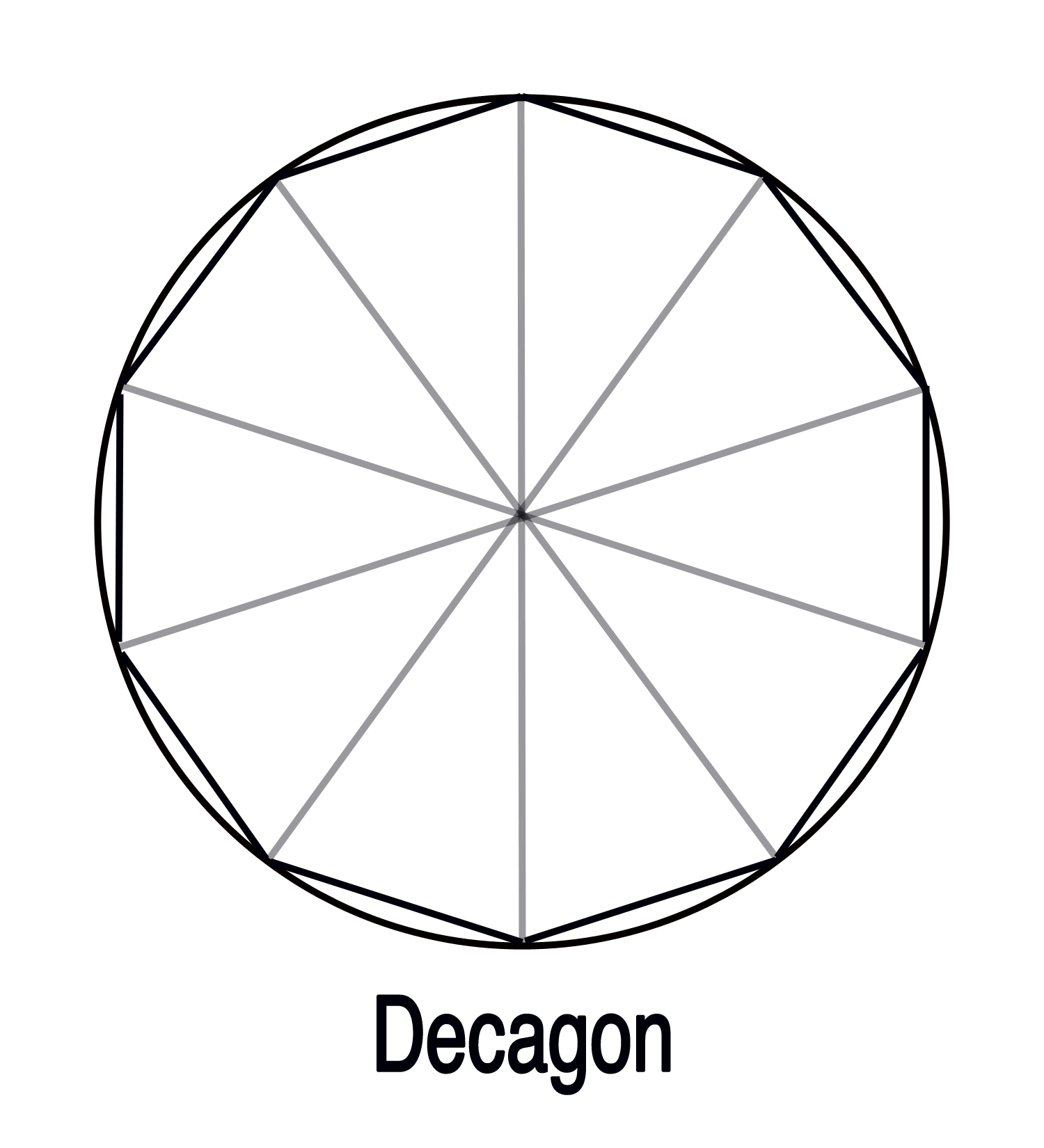
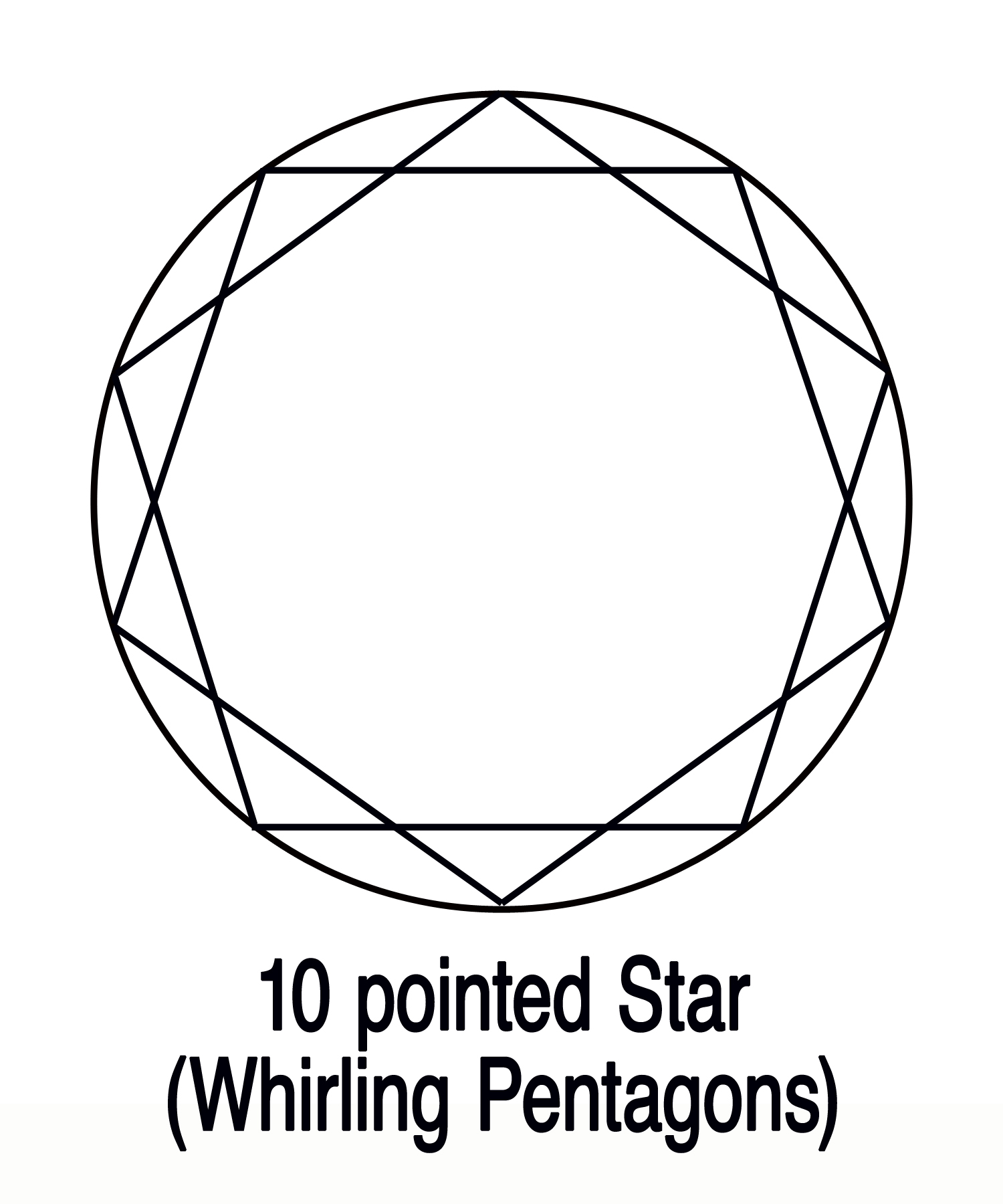
• 11-Symmetry (Undeca) or division by 11 (32º.727 angle): you get undecagons.
The 11-Symmetry is another non-exact division of the circle. It is a number of Double Unity (1 + 1) and a geometric pattern for a new beginning, after the cycle of the initial Decad. The principle of “11” starts another cycle. It is a Doorway to the future spirals of evolution.
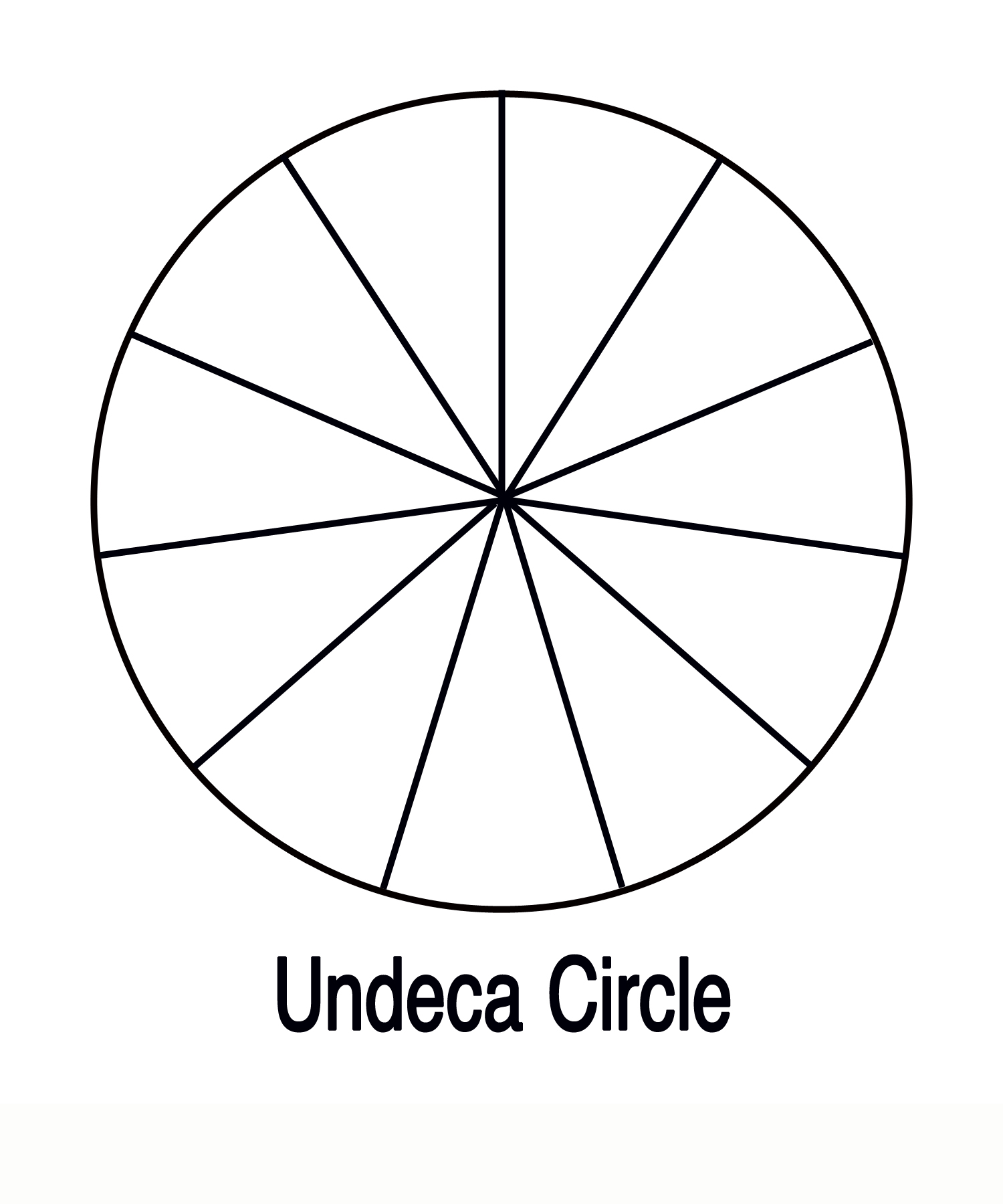
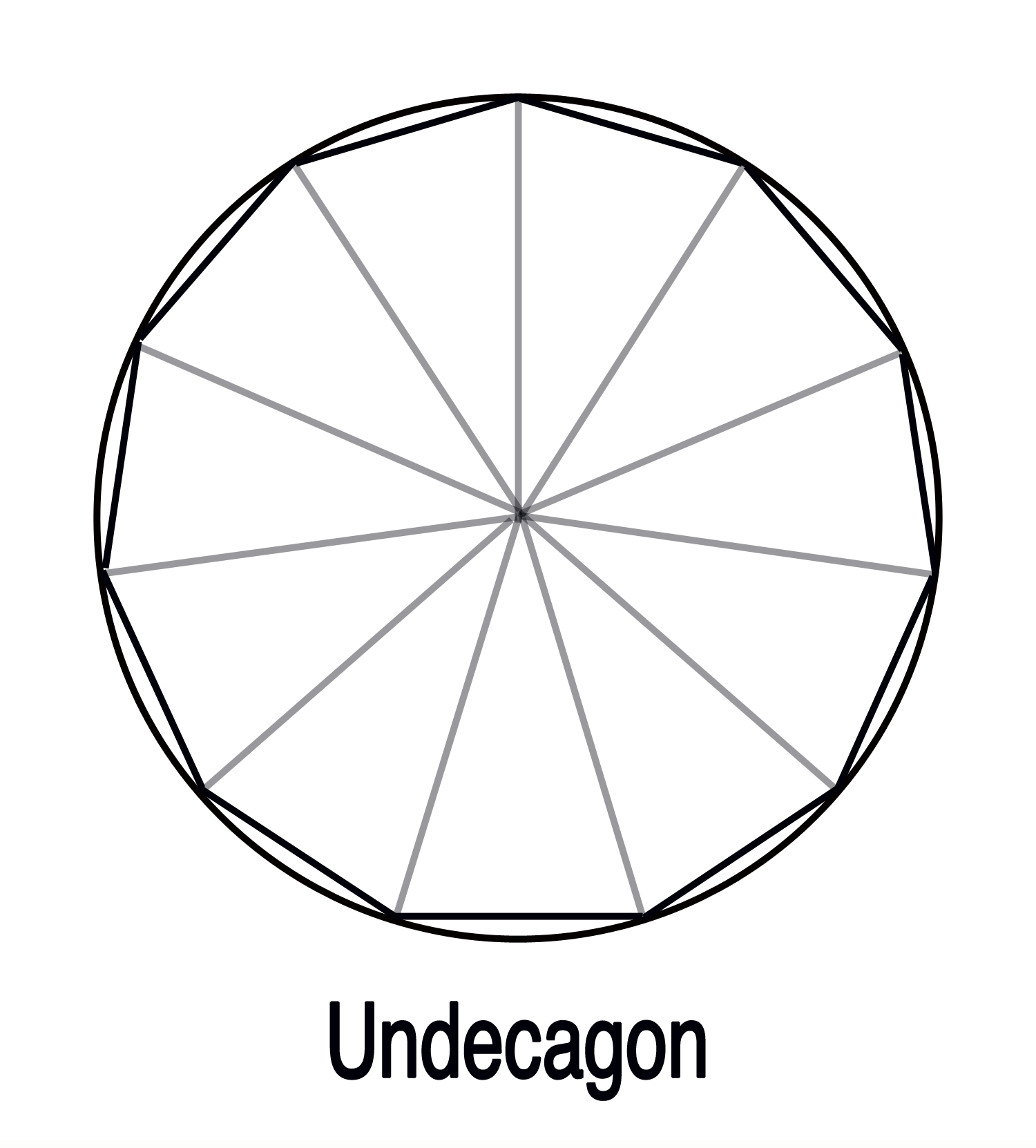
• 12-Symmetry (Dodeca) or division by 12 (30º angle): you get dodecagons.
The 12-Symmetry is the all-encompassing geometric pattern with divisors of 2, 3, 4, and 6. Therefore, it is a favorite pattern for beginners who can fit into it many possibilities and creative ideas.
Traditionally, it is of course the display of our clocks, the 12 months, the Wheel of the 12 Zodiac constellations, the 12 notes of the chromatic scale, the 12 meridians in acupuncture… and many other “dodecads”.
The principle of “12” represents universal order and perfection and is a fitting pattern for mandala making as your mandala is a mirror of your own spirit perfection and infinite harmony.
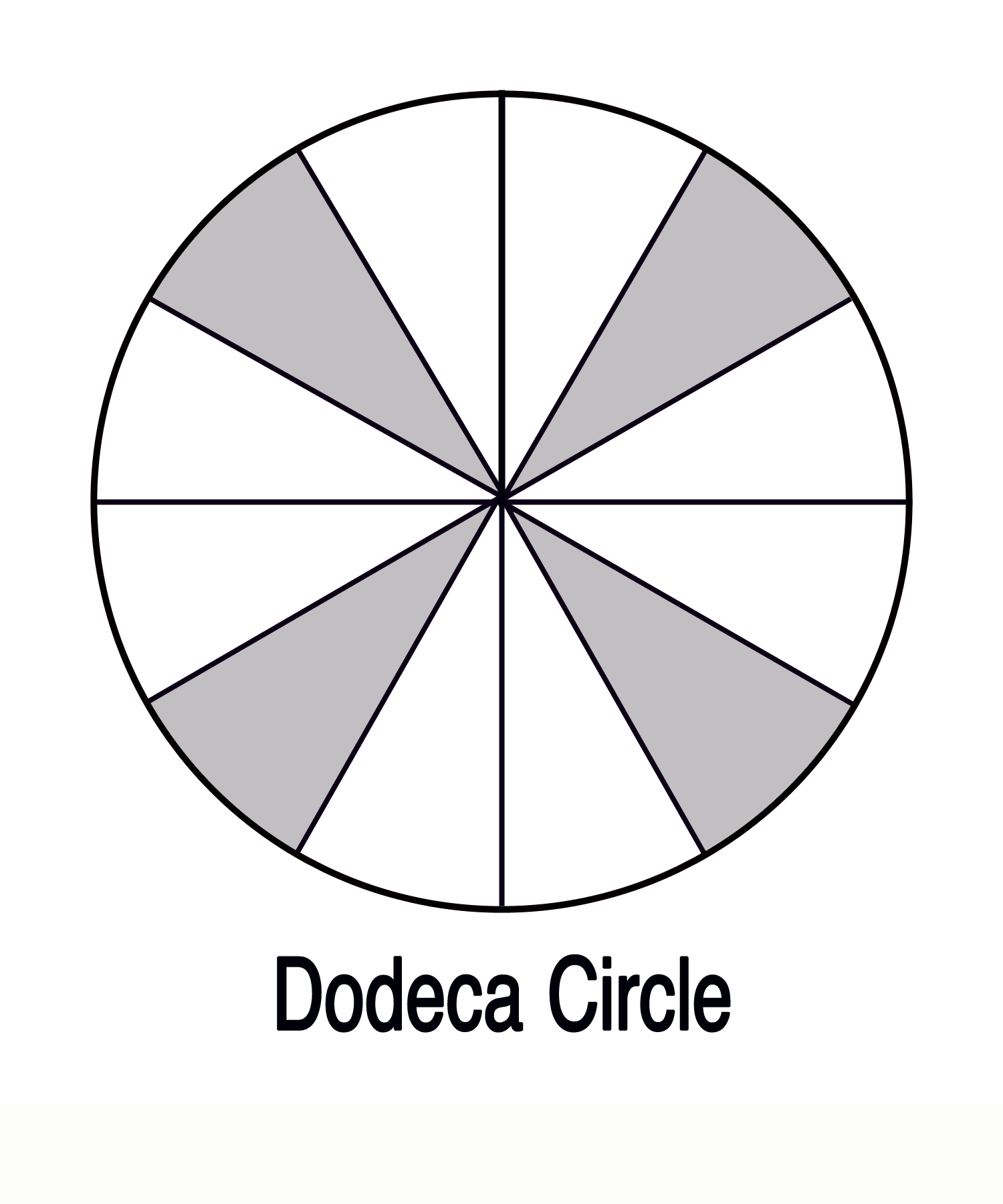
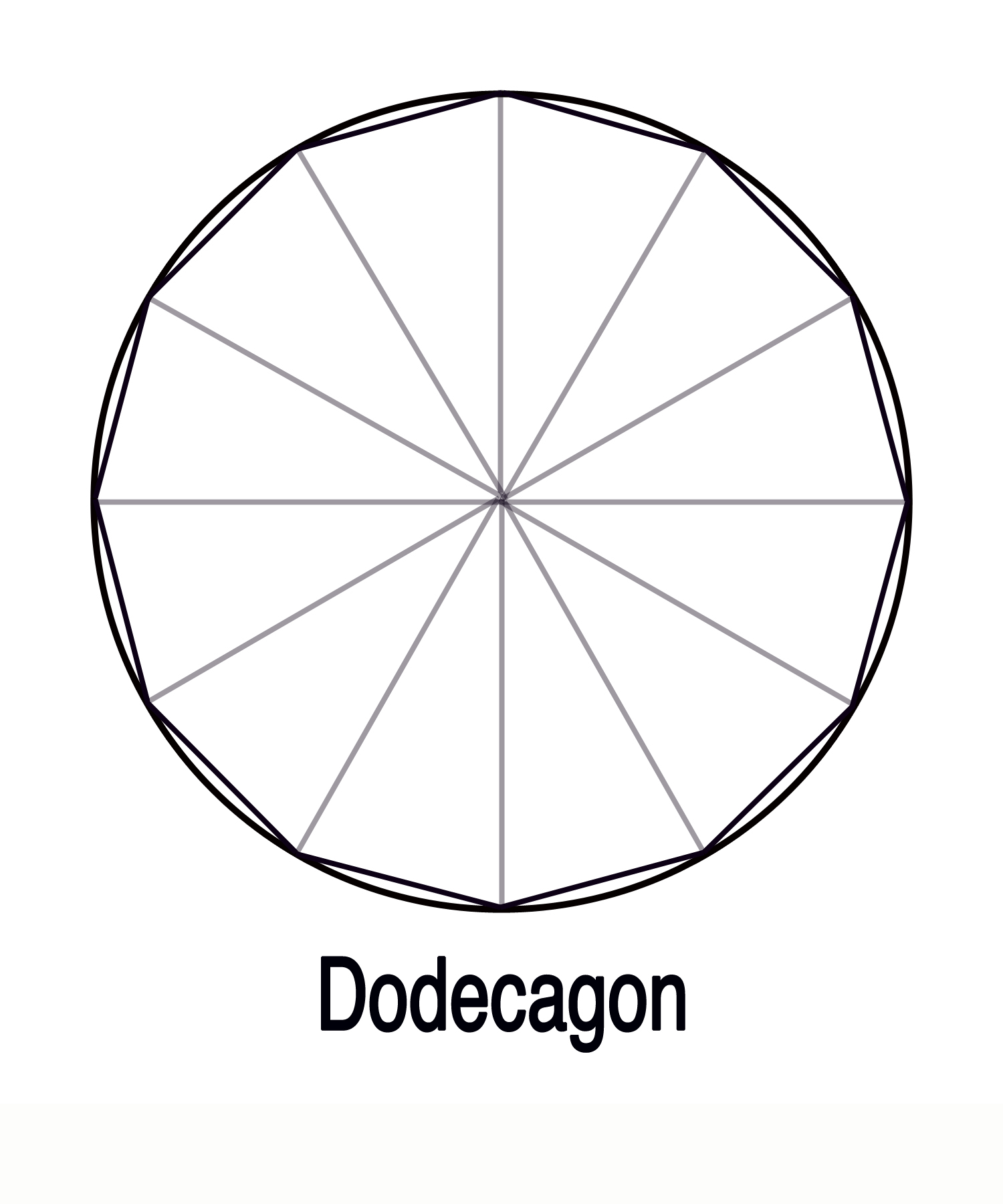
Remember: the 2D, flat geometries are only one layer of the multi-dimensional universe, as you perceive it with the linear mind. They are only the first level of an infinite archetypal, sacred structure (experience) of beingness. Life & consciousness add many other layers. Never stop at 2D: get used to (and remember how to) feel, see and visualize in 3D and beyond. And practice visualizing from inside out, as a constant co=creator - rather than from outide in, as a separate spectator...
Even if your mandala design is flat and you divide your canvas/paper into divisions of the flat circle of 360º, let your imagination / inner vision pulse the 2D into 3D. Become a navigator / traveler at the same time as you are an artist. Let your vision be always much vaster & deeper than the actual art piece rendition. Eventually, you should be able to step into your mandala, vortex it up and become a spirit traveler... because YOU are the art piece you are co-creating. You are the mini-mandala merging with the giga-mandala...

The Dodecagon is the 2D projection of the 3D Dodecahedron.
(For more in-depth info on the 5 Platonic & 13 Archimedean Solids,
see Sacred Geometry module SG107)

